Special Report
States With the Most Indian Reservations and Tribal Areas
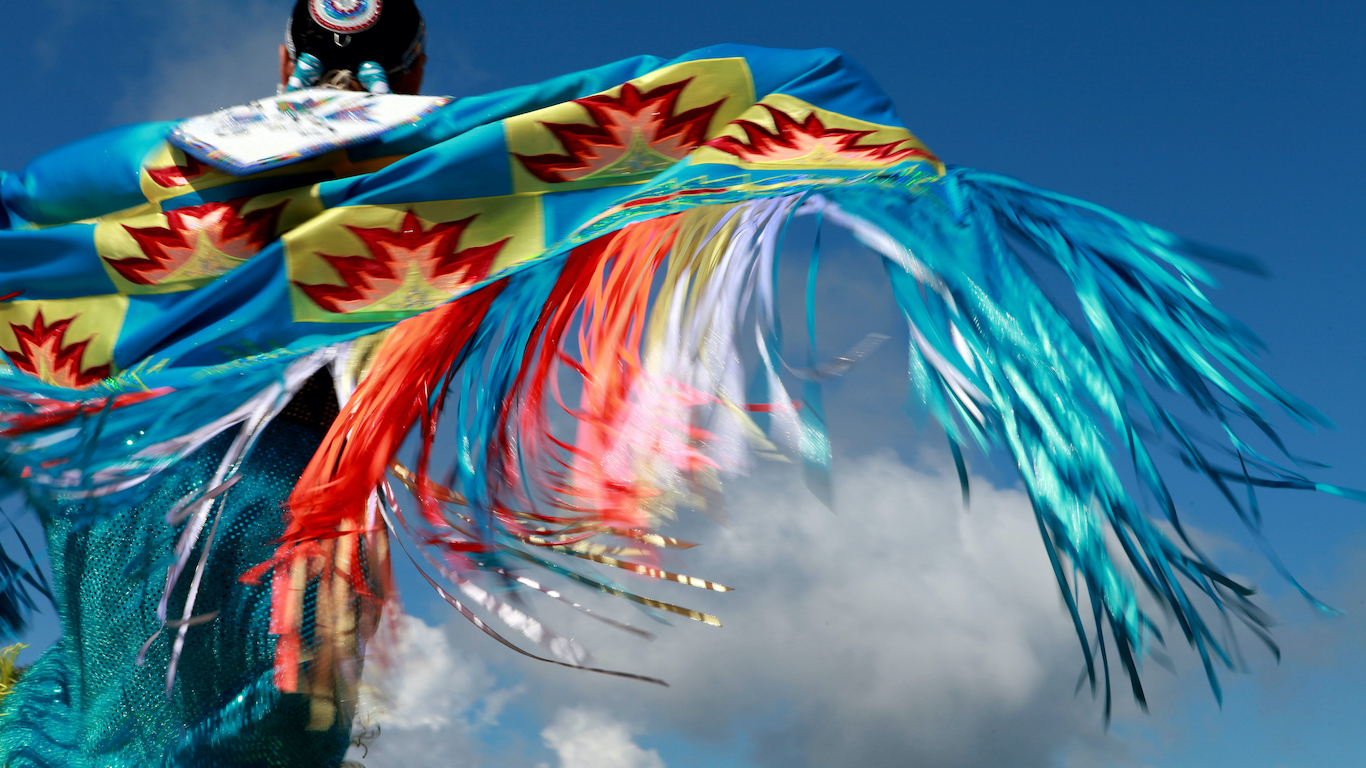
Published:
Last Updated:

Until the arrival of Europeans in the 17th century, indigenous people inhabited most of what is now the United States. During hundreds of years of sometimes bloody conflict, the native people were forcibly removed from their lands and placed in defined areas called reservations — where Native American populations are concentrated today.
24/7 Wall St. reviewed U.S. Census Bureau data to identify the states with the most Indian reservations and tribal areas.
While there are 326 federally recognized Indian reservations, there are nearly 700 tribal areas. For this reason, we did not limit our review to just reservations, but rather found the states with the most tribal areas. Lands inhabited by Native Americans and administered by the U.S. government as federal Indian reservations are called reservations, pueblos, rancherias, missions, villages, and communities. We also included on our list state designated tribal statistical areas (SDTSAs). These are statistical entities for state recognized American Indian tribes that do not have a state recognized land base. SDTSAs are identified for the Census Bureau by a designated state official.
The Bureau of Indian Affairs defines a federally identified tribe as an American Indian or Alaska Native tribal unit recognized as having a government-to-government relationship with the United States. These tribal entities are eligible for funding and services from the BIA. There are about 2.6 million people who identify as American Indians. The state with the highest number of Native Americans is Arizona. Here are the states with the largest Native American populations.
Federally recognized tribes have rights of self-government and are entitled to federal benefits, services, and protections because of their unique relationship with the United States. There are 573 federally recognized American Indian and Alaska Native tribes and villages that occupy about 56.2 million acres of reservations and tribal areas that are held in trust by the United States.
Sixteen states have no federally recognized tribes, and most of those states are in the East and South. Even though Native Americans no longer inhabit most areas east of the Mississippi River, their legacy lives on in place and state names across the United States. Here are 50 places with Native American names.
Click here to see the states with the most Indian reservations and tribal areas
To identify the states with the most Indian reservations, 24/7 Wall St. reviewed data on the 573 federally recognized tribes in each state from the U.S. Department of the Interior and the National Conference of State Legislatures, last updated in November 2018. Tribes whose land spans multiple states were counted for each of the states they are in. Tribes that are recognized on a state level but not a federal level were not considered. Data on the largest tribe in each state and the total population that identifies as “American Indian Alone” (which includes individuals who did not specify a tribe) came from the American Community Survey (ACS) 2017 5-Year Estimates.
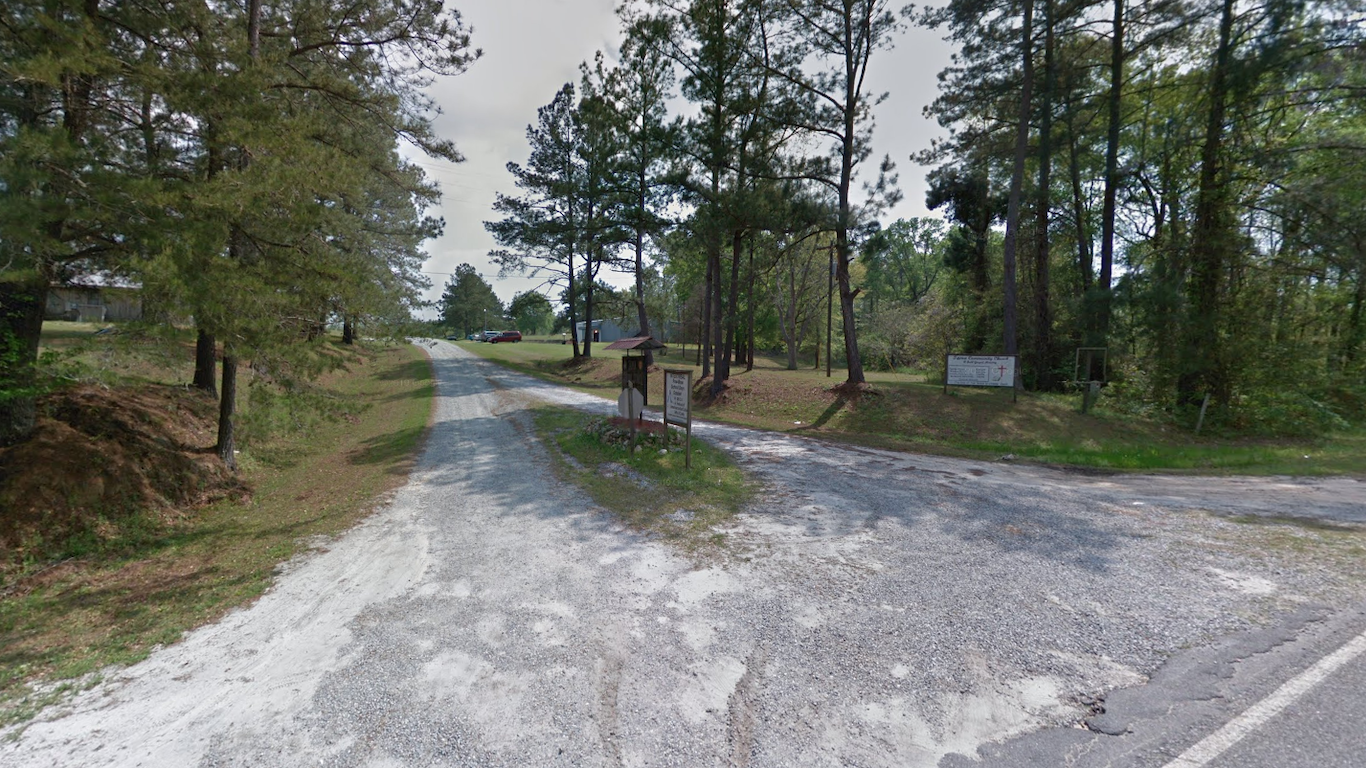
38. Georgia
> Number of American Indian areas in the state: 1
> State population living in American Indian areas: 16 (14th smallest)
> Largest American Indian area: Tama (state) Reservation (Population: 16)
[in-text-ad]
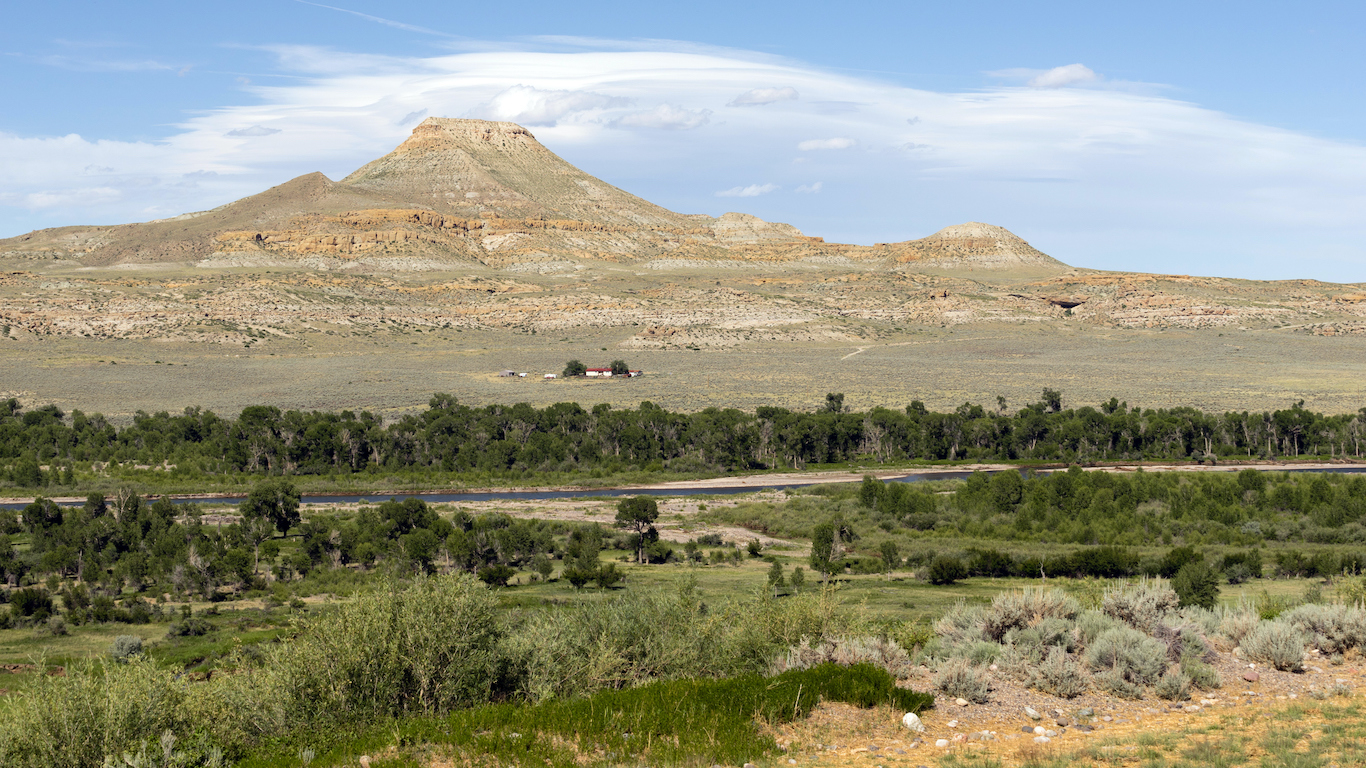
37. Wyoming
> Number of American Indian areas in the state: 1
> State population living in American Indian areas: 27,088 (20th largest)
> Largest American Indian area: Wind River Reservation and Off-Reservation Trust Land (Population: 27,088)
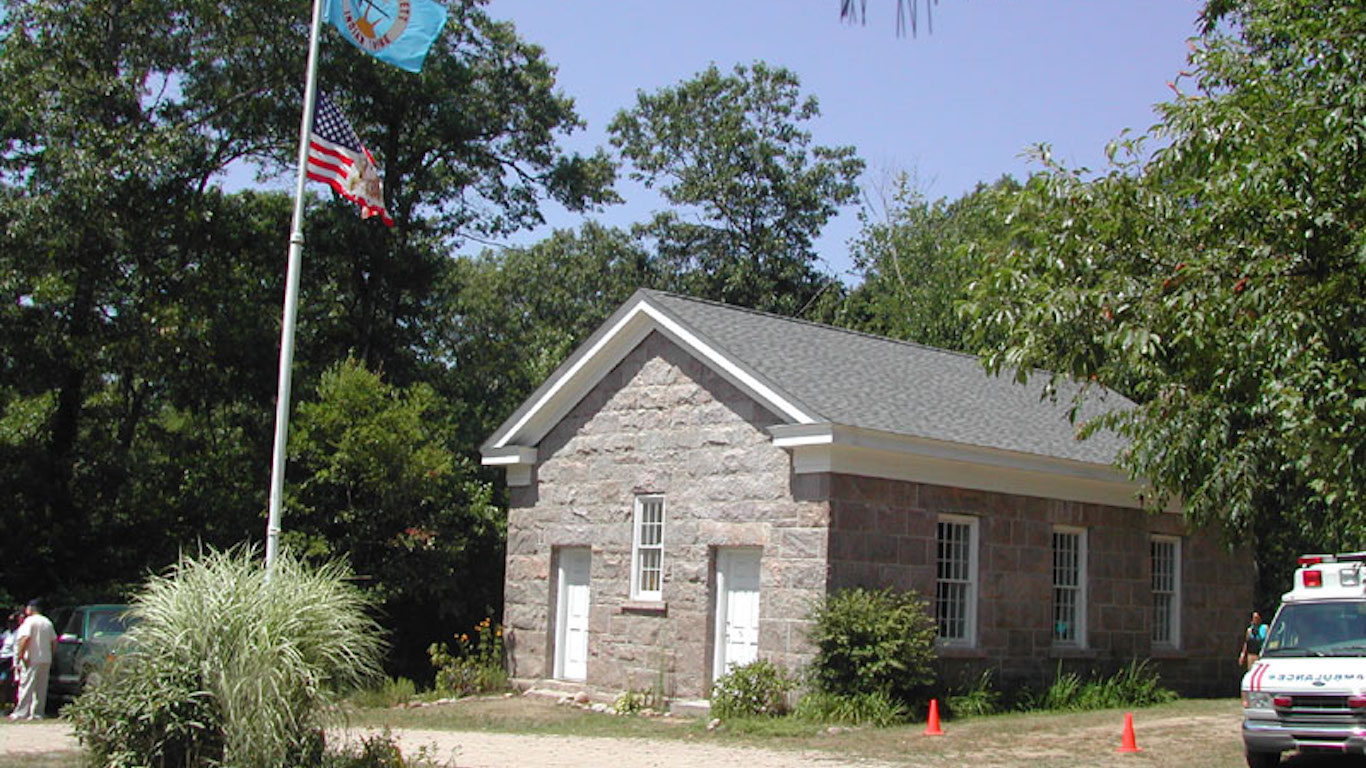
36. Rhode Island
> Number of American Indian areas in the state: 1
> State population living in American Indian areas: 2,400 (13th smallest)
> Largest American Indian area: Narragansett Reservation (Population: 2,400)
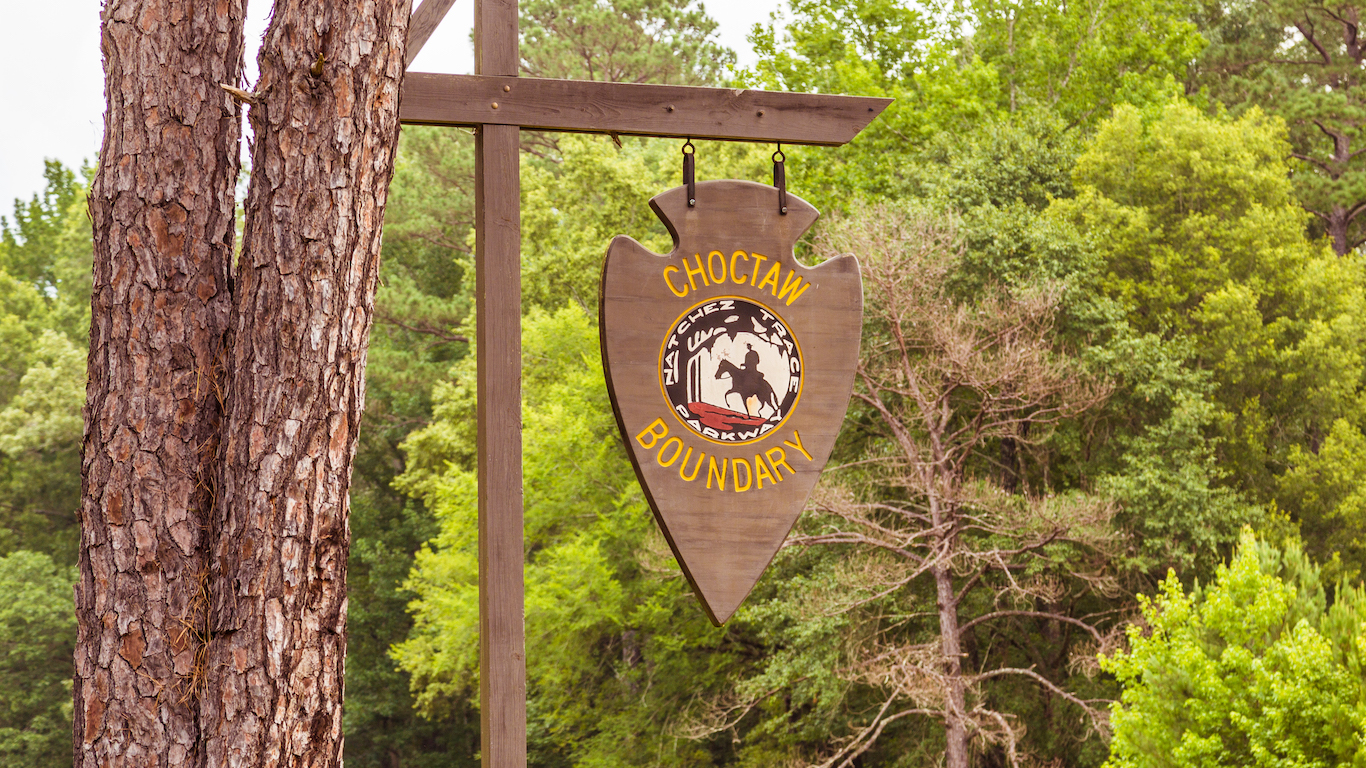
35. Mississippi
> Number of American Indian areas in the state: 1
> State population living in American Indian areas: 7,823 (23rd smallest)
> Largest American Indian area: Mississippi Choctaw Reservation and Off-Reservation Trust Land (Population: 7,823)
[in-text-ad-2]
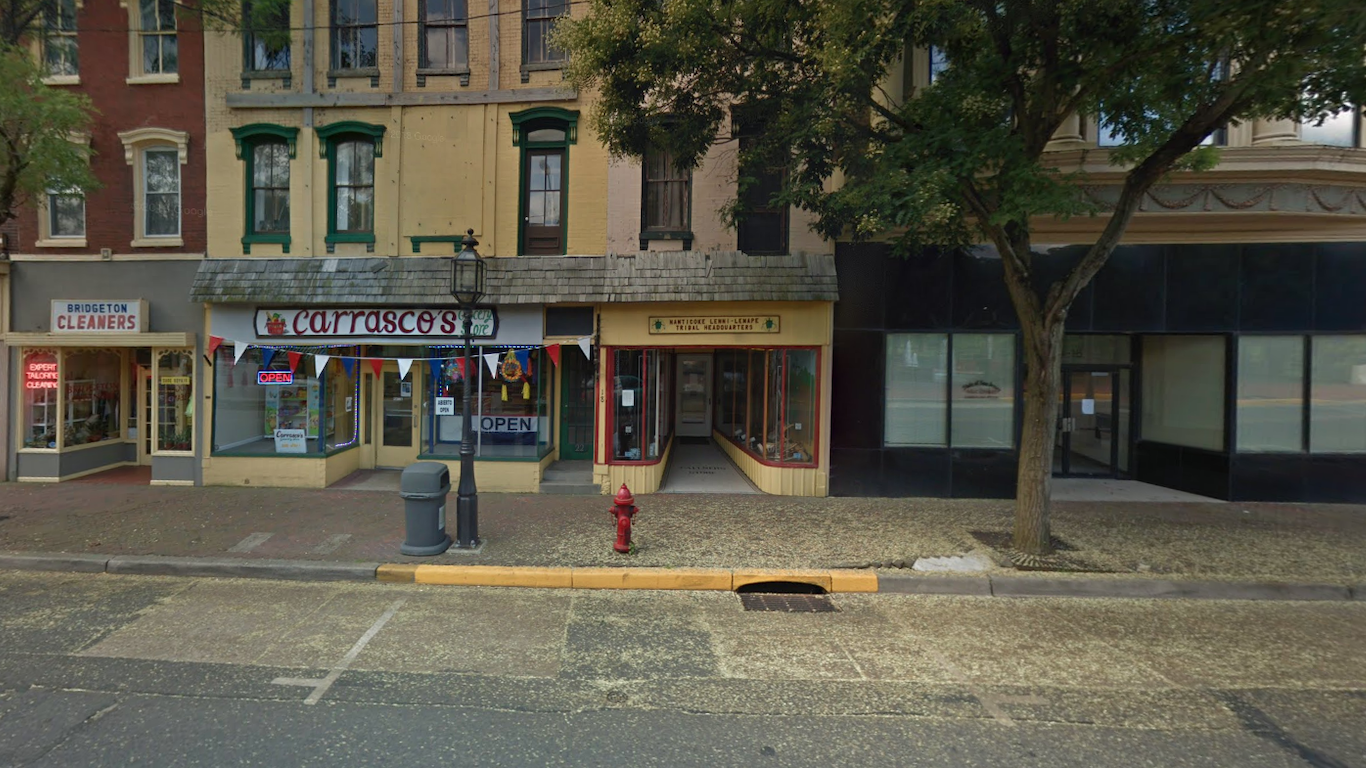
34. New Jersey
> Number of American Indian areas in the state: 2
> State population living in American Indian areas: 7,315 (22nd smallest)
> Largest American Indian area: Nanticoke Lenni Lenape SDTSA (Population: 6,177)
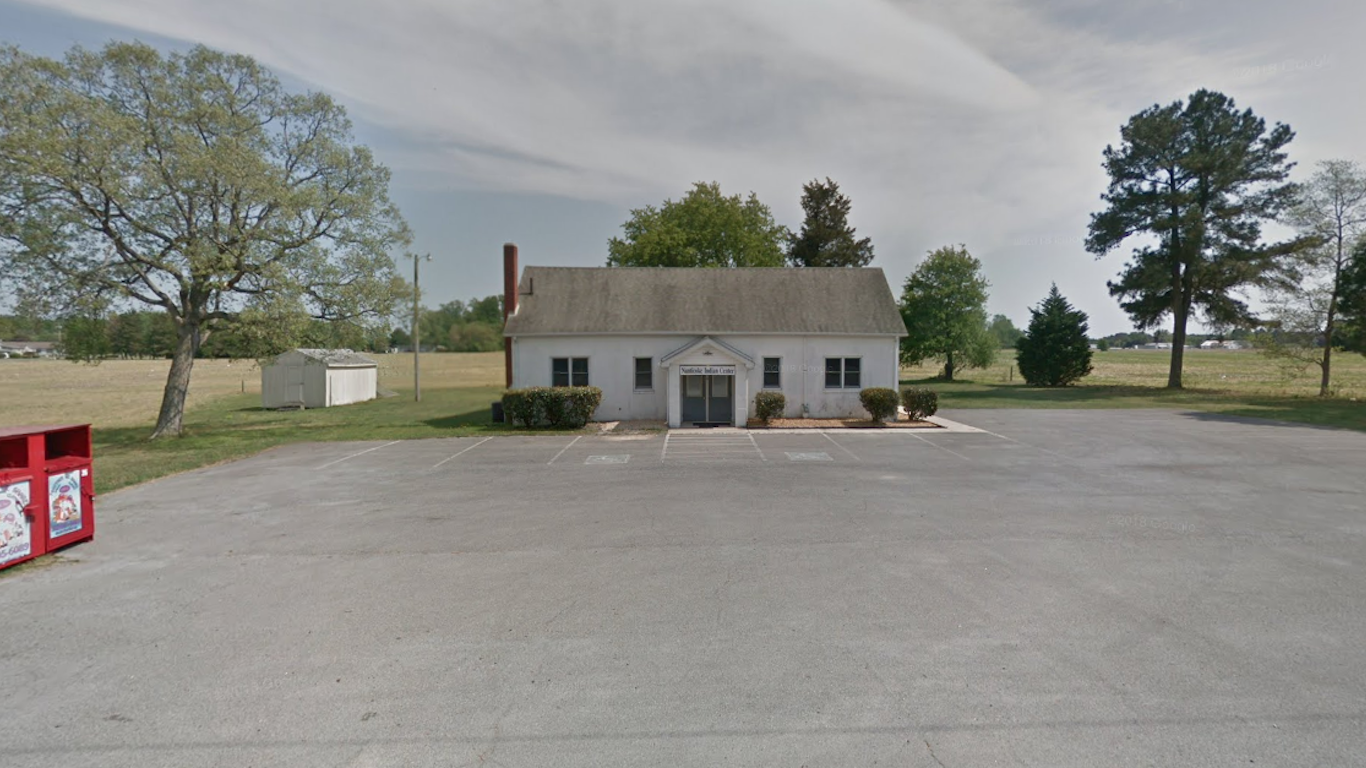
33. Delaware
> Number of American Indian areas in the state: 2
> State population living in American Indian areas: 8,775 (24th smallest)
> Largest American Indian area: Nanticoke Indian Tribe SDTSA (Population: 8,235)
[in-text-ad]
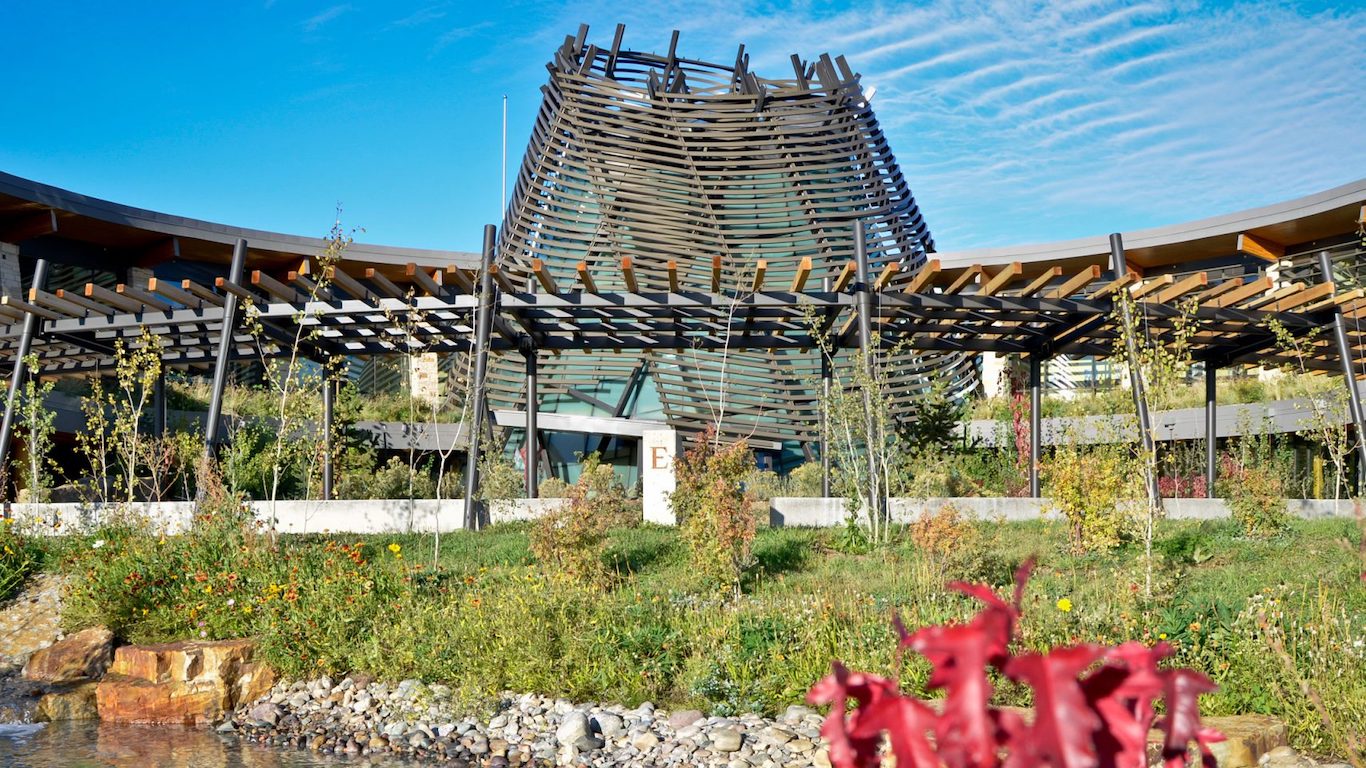
32. Colorado
> Number of American Indian areas in the state: 2
> State population living in American Indian areas: 14,419 (23rd largest)
> Largest American Indian area: Southern Ute Reservation (Population: 12,995)
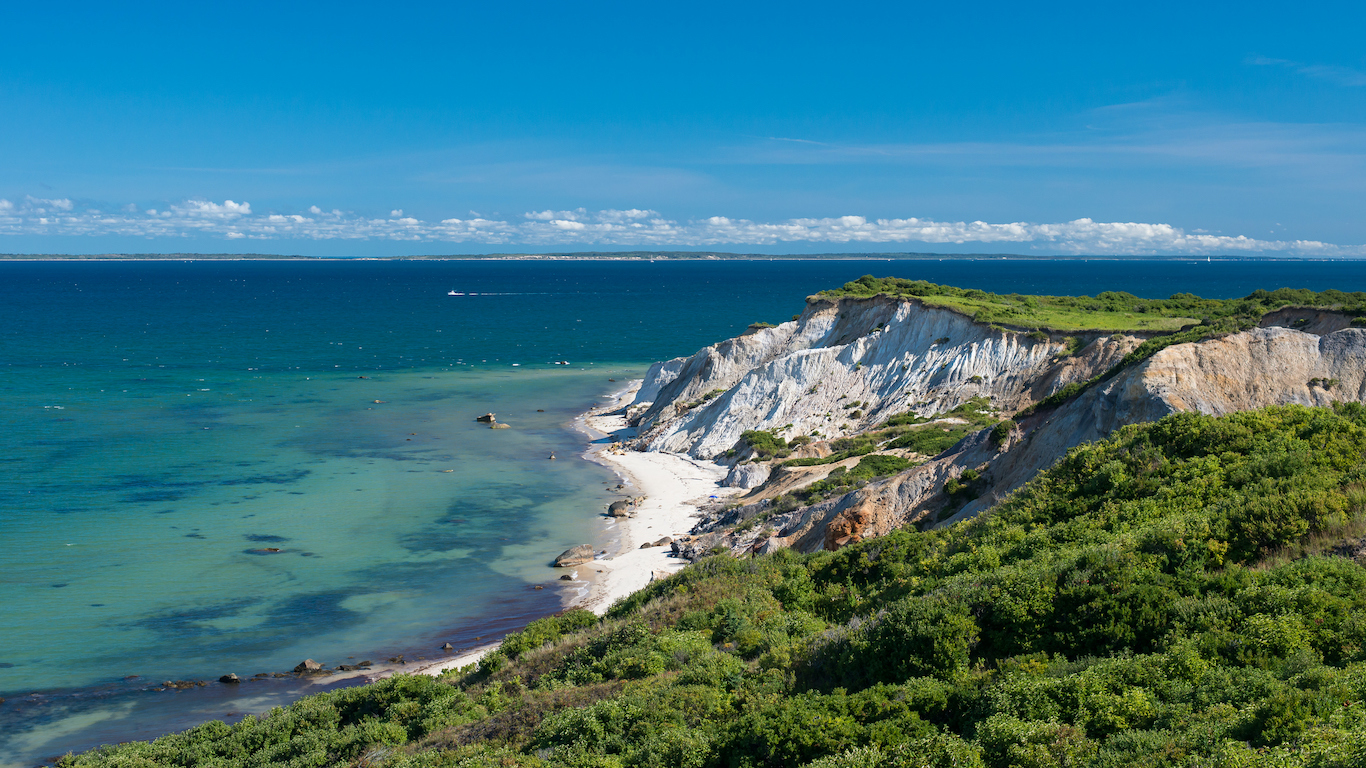
31. Massachusetts
> Number of American Indian areas in the state: 3
> State population living in American Indian areas: 211 (15th smallest)
> Largest American Indian area: Wampanoag-Aquinnah Trust Land (Population: 211)
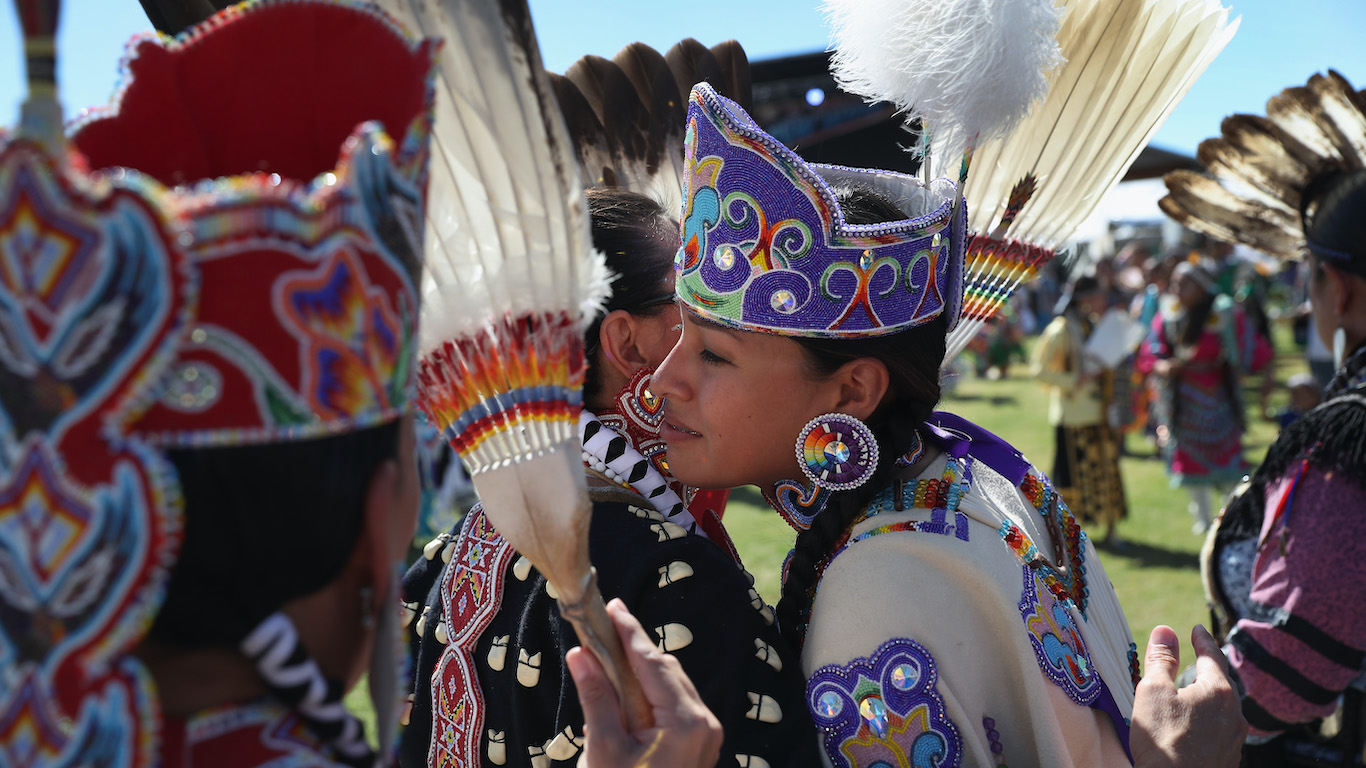
30. Texas
> Number of American Indian areas in the state: 3
> State population living in American Indian areas: 1,955 (17th smallest)
> Largest American Indian area: Ysleta del Sur Pueblo and Off-Reservation Trust Land (Population: 926)
[in-text-ad-2]
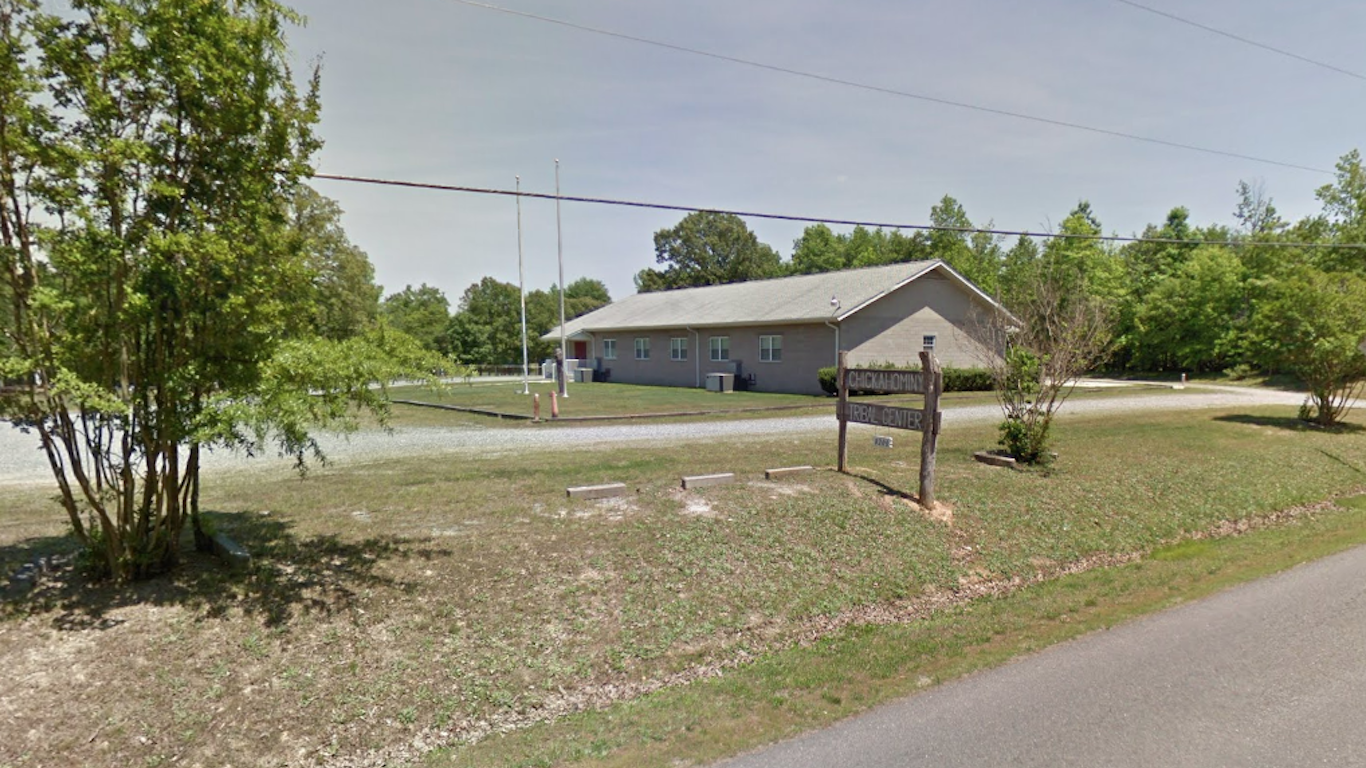
29. Virginia
> Number of American Indian areas in the state: 4
> State population living in American Indian areas: 4,080 (20th smallest)
> Largest American Indian area: Chickahominy SDTSA (Population: 3,649)
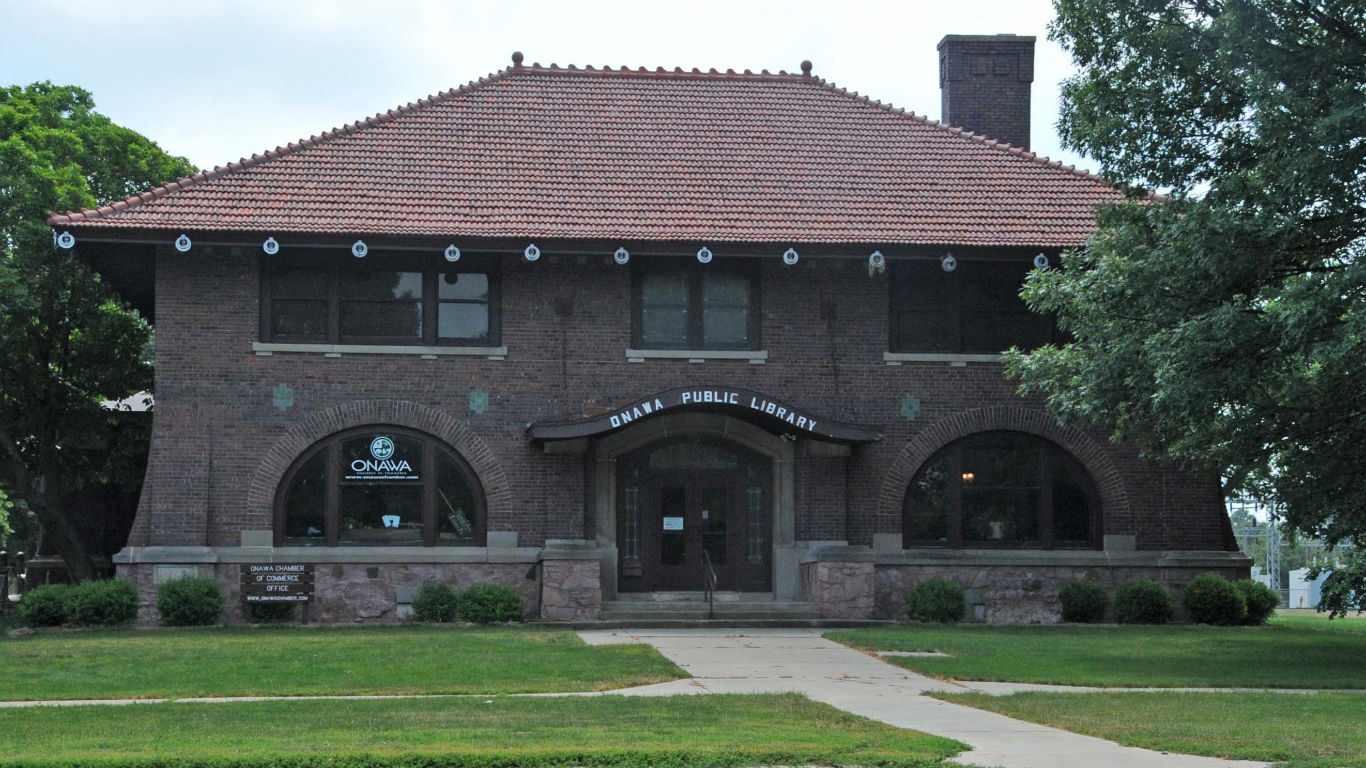
28. Iowa
> Number of American Indian areas in the state: 4
> State population living in American Indian areas: 8,992 (25th smallest)
> Largest American Indian area: Omaha Reservation (Population: 4,814)
[in-text-ad]
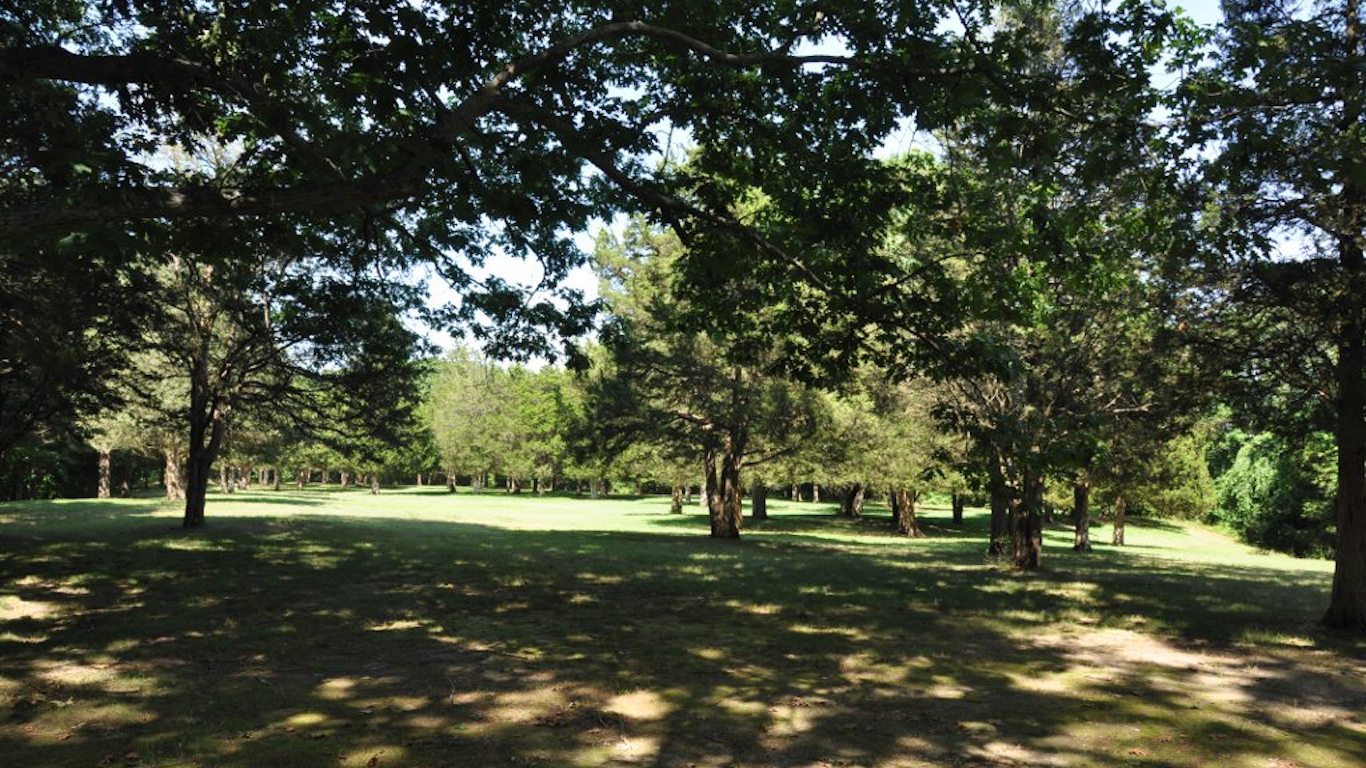
27. Connecticut
> Number of American Indian areas in the state: 5
> State population living in American Indian areas: 581 (16th smallest)
> Largest American Indian area: Mohegan Reservation and Off-Reservation Trust Land (Population: 318)
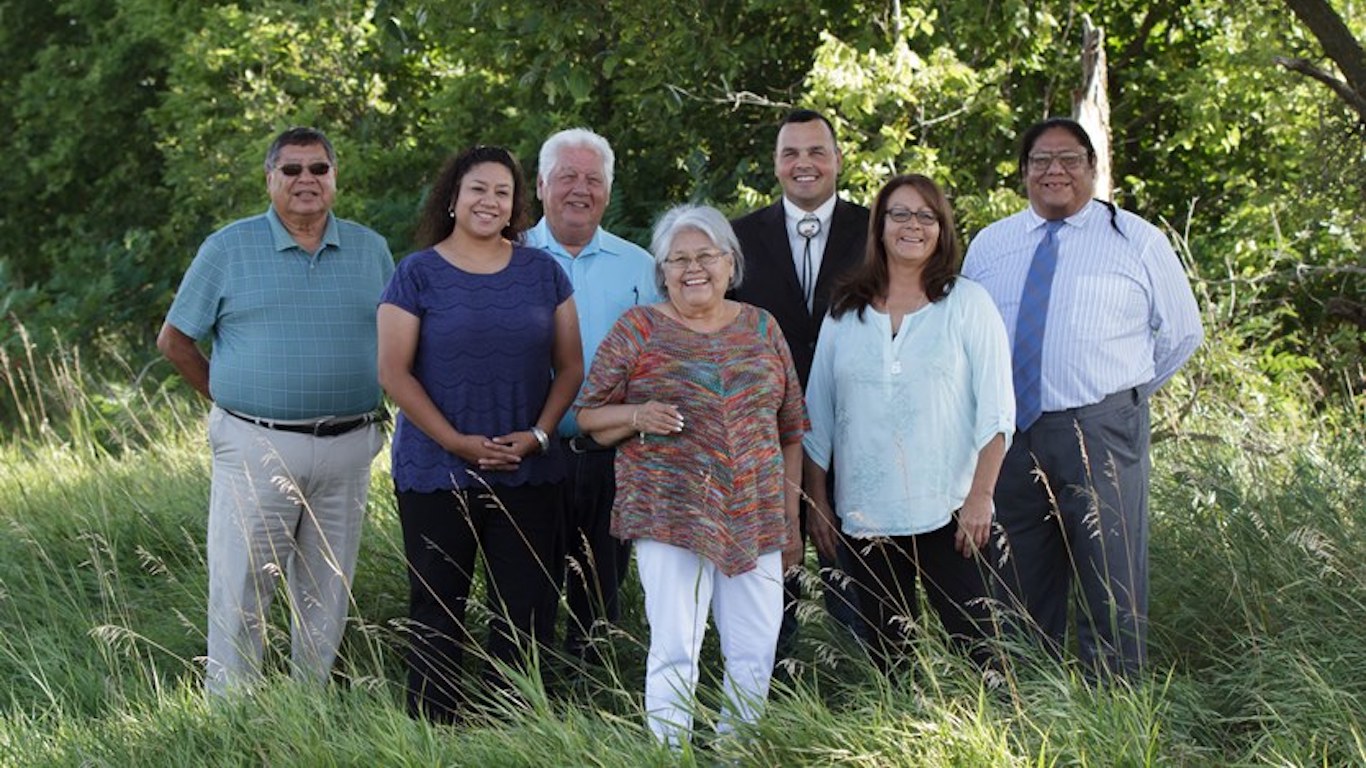
26. Kansas
> Number of American Indian areas in the state: 5
> State population living in American Indian areas: 6,143 (21st smallest)
> Largest American Indian area: Kickapoo (KS) Reservation (Population: 4,123)
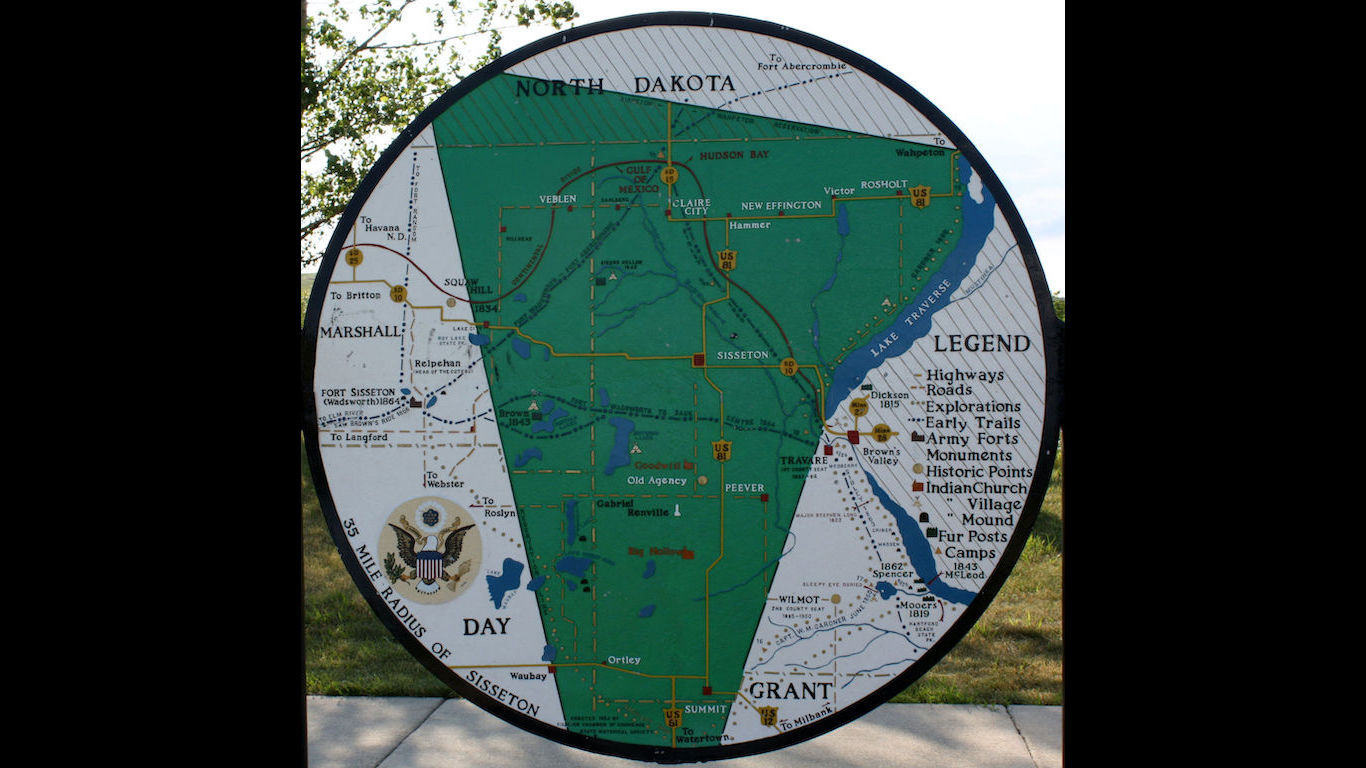
25. North Dakota
> Number of American Indian areas in the state: 5
> State population living in American Indian areas: 40,522 (15th largest)
> Largest American Indian area: Lake Traverse Reservation and Off-Reservation Trust Land (Population: 10,967)
[in-text-ad-2]
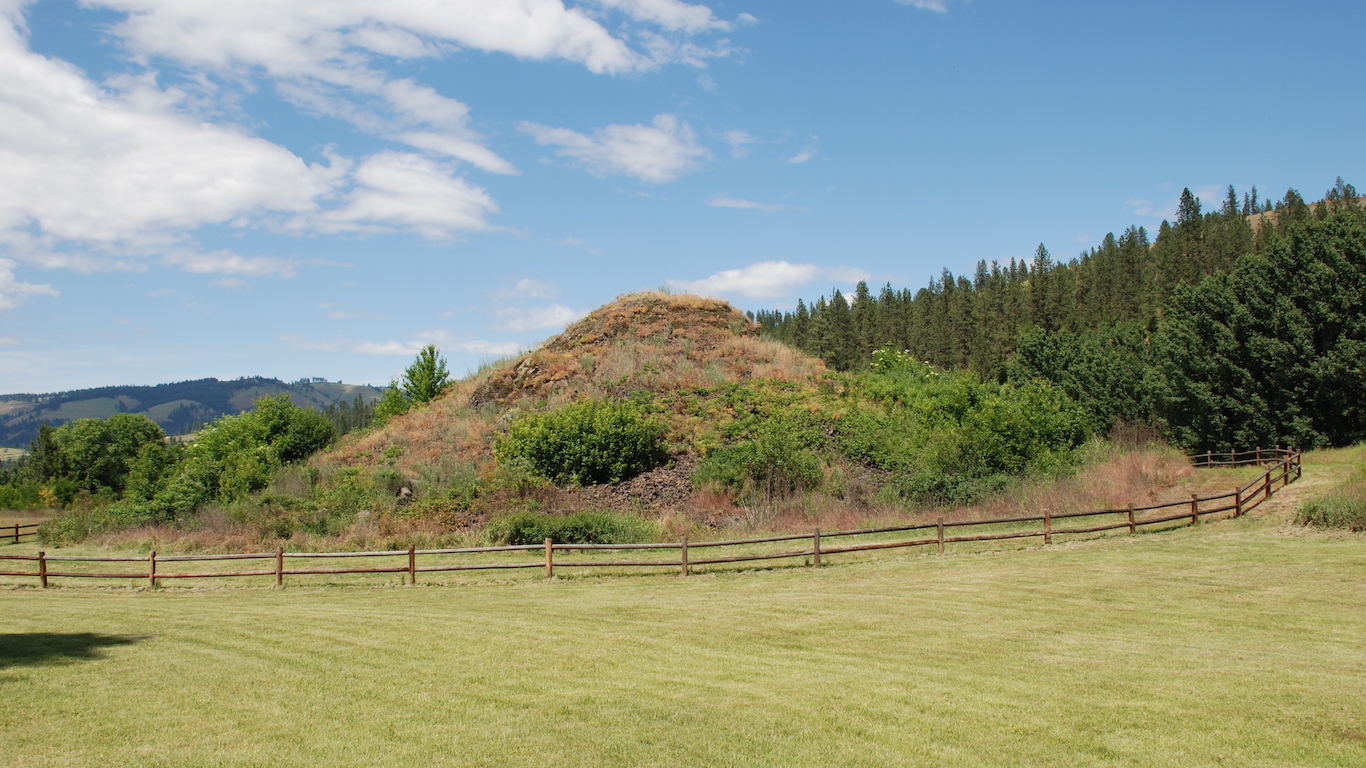
24. Idaho
> Number of American Indian areas in the state: 5
> State population living in American Indian areas: 33,561 (18th largest)
> Largest American Indian area: Nez Perce Reservation (Population: 18,790)
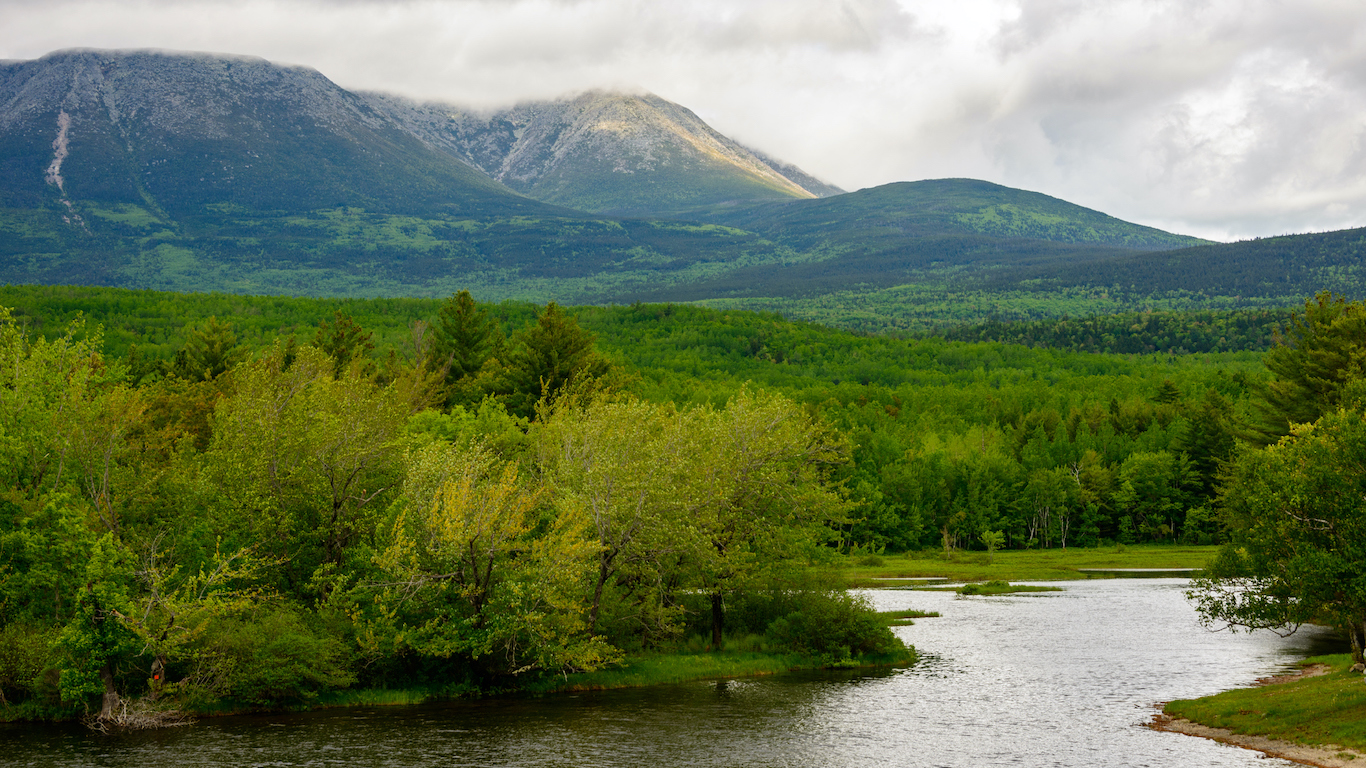
23. Maine
> Number of American Indian areas in the state: 6
> State population living in American Indian areas: 2,884 (18th smallest)
> Largest American Indian area: Penobscot Reservation and Off-Reservation Trust Land (Population: 807)
[in-text-ad]
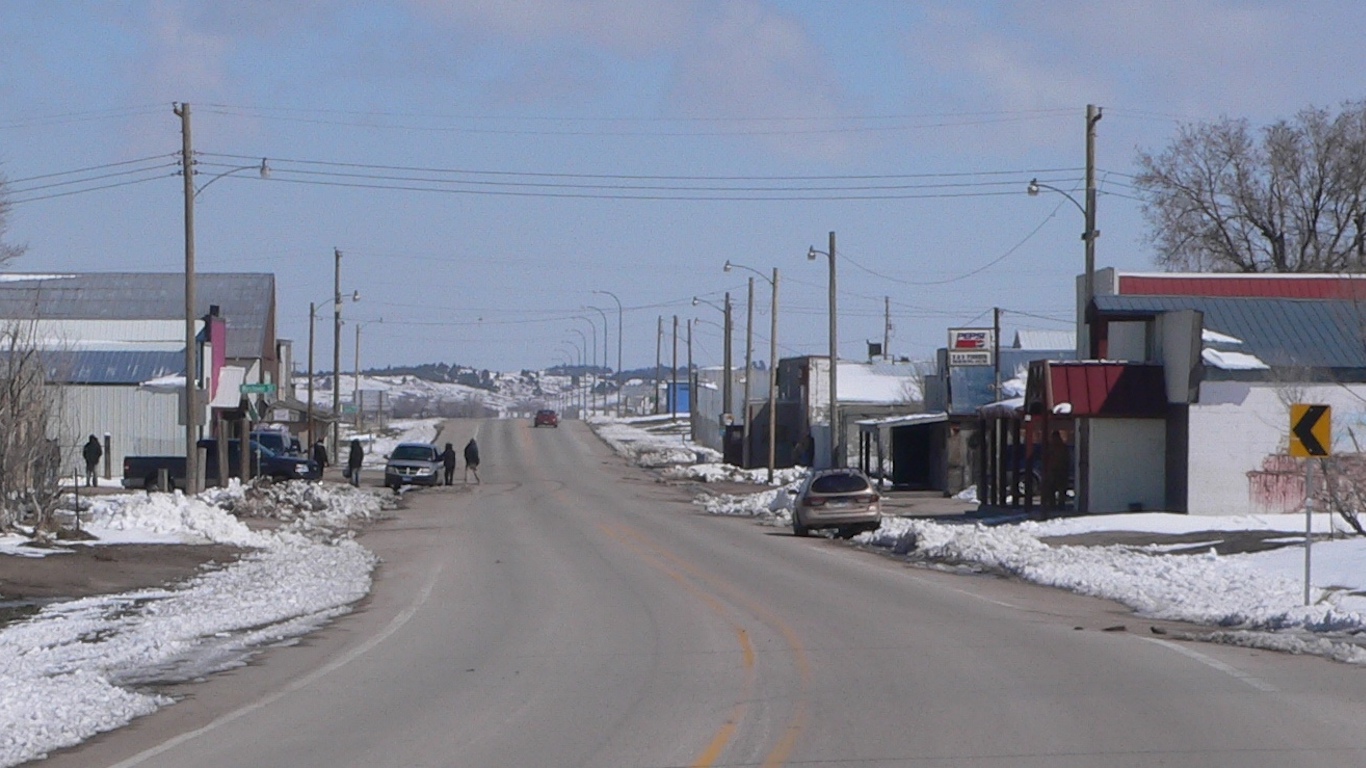
22. Nebraska
> Number of American Indian areas in the state: 7
> State population living in American Indian areas: 28,822 (19th largest)
> Largest American Indian area: Pine Ridge Reservation (Population: 19,779)
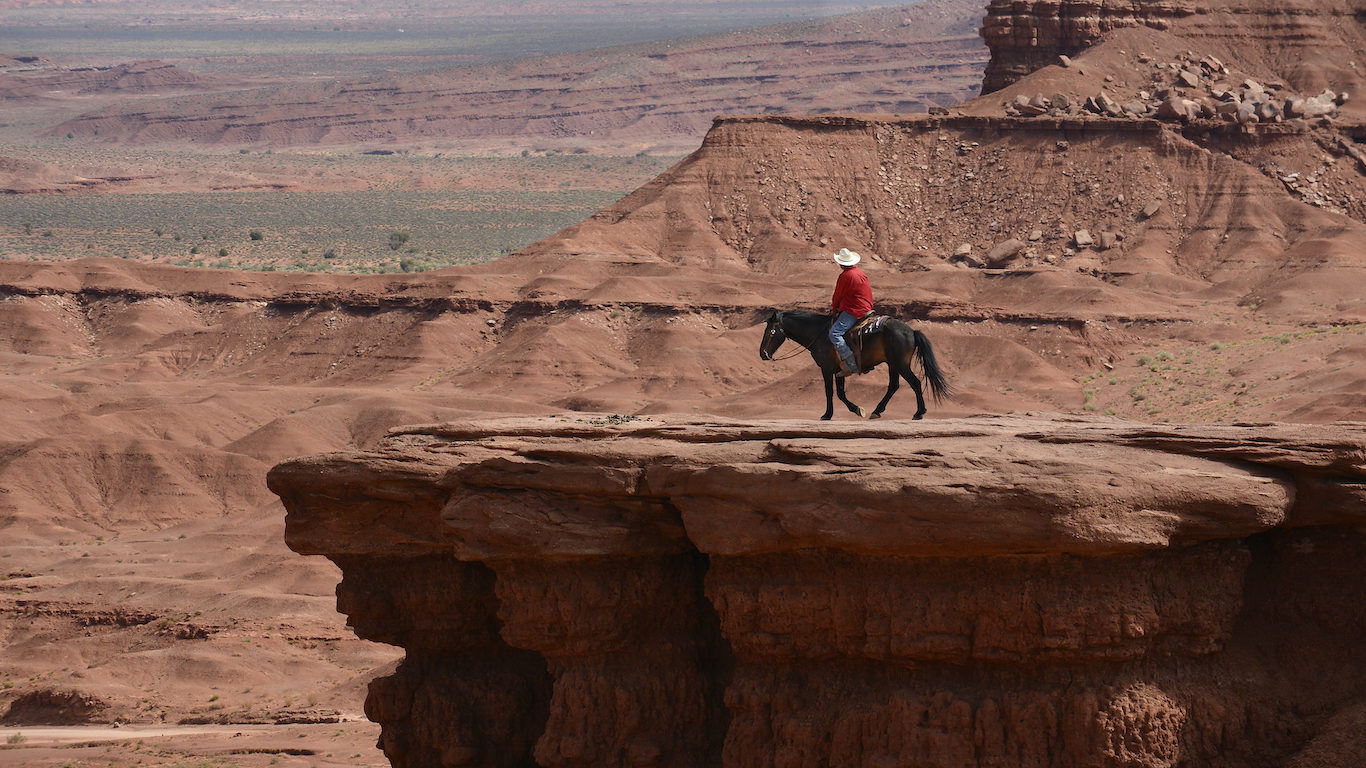
21. Utah
> Number of American Indian areas in the state: 7
> State population living in American Indian areas: 203,086 (7th largest)
> Largest American Indian area: Navajo Nation Reservation and Off-Reservation Trust Land (Population: 175,005)
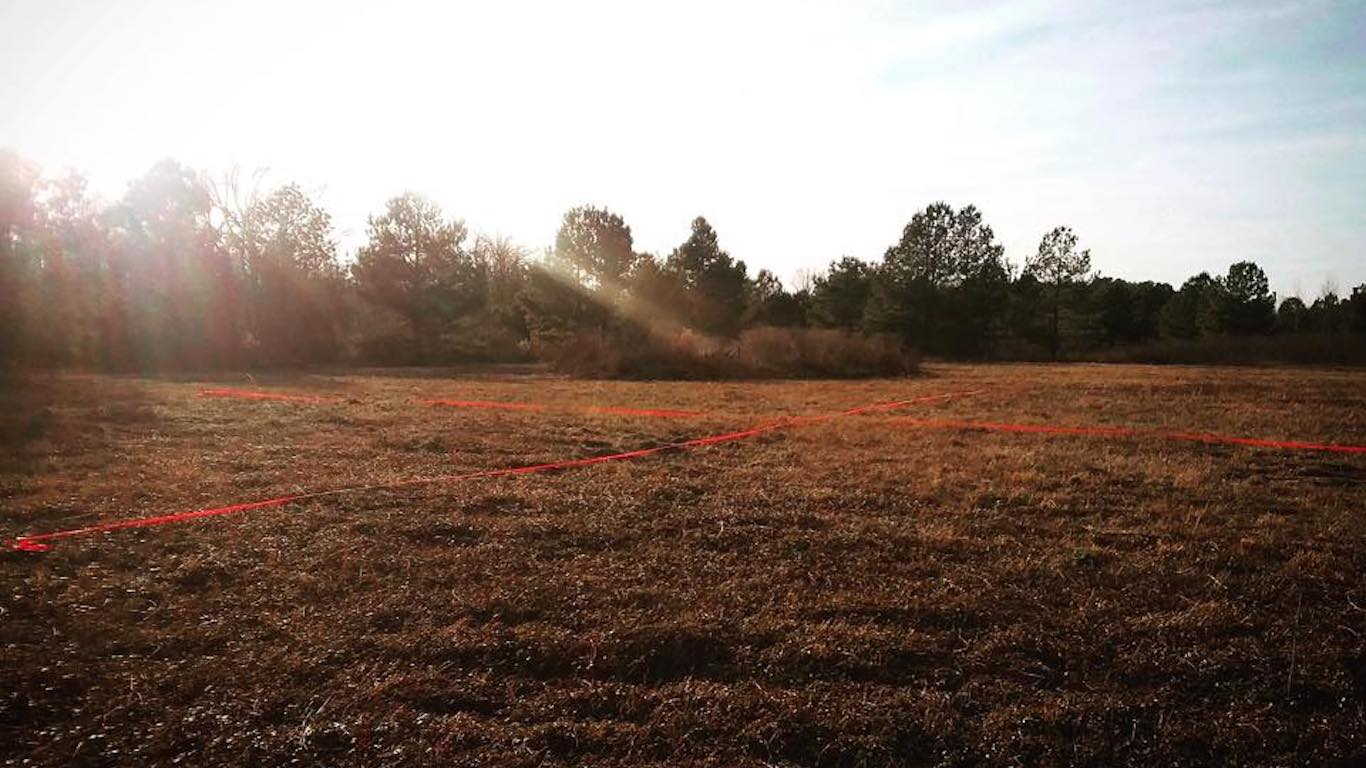
20. South Carolina
> Number of American Indian areas in the state: 7
> State population living in American Indian areas: 9,442 (25th largest)
> Largest American Indian area: Pee Dee SDTSA (Population: 3,210)
[in-text-ad-2]
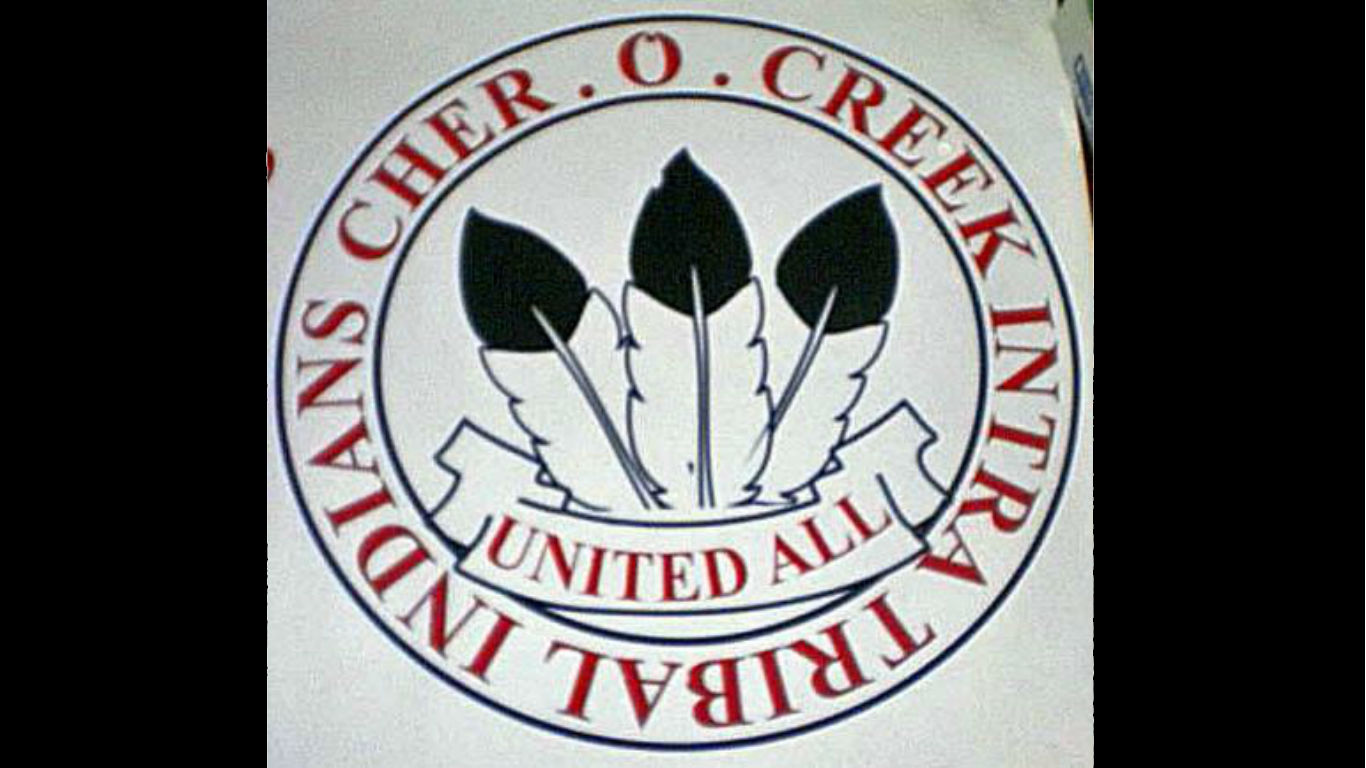
19. Alabama
> Number of American Indian areas in the state: 8
> State population living in American Indian areas: 191,734 (8th largest)
> Largest American Indian area: Cher-O-Creek SDTSA (Population: 86,398)
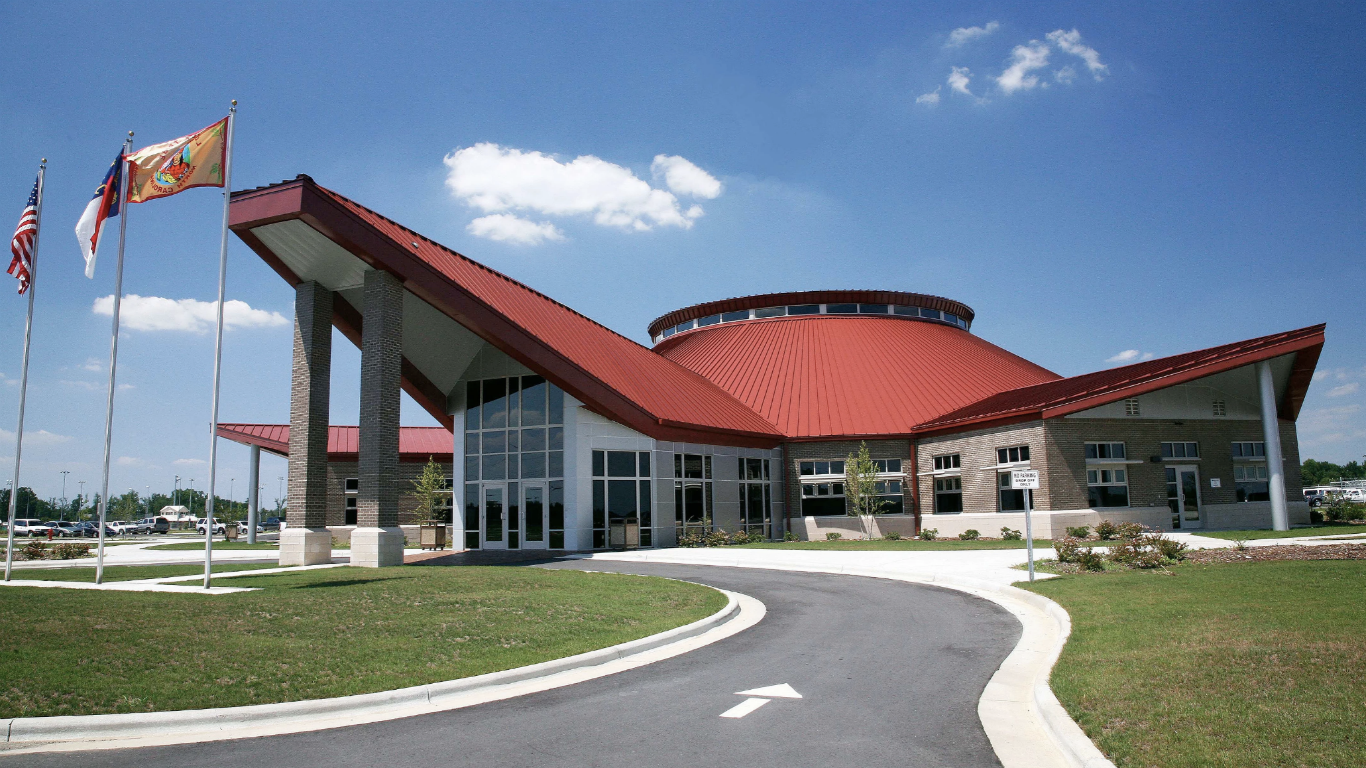
18. North Carolina
> Number of American Indian areas in the state: 8
> State population living in American Indian areas: 608,662 (2nd largest)
> Largest American Indian area: Lumbee SDTSA (Population: 505,183)
[in-text-ad]
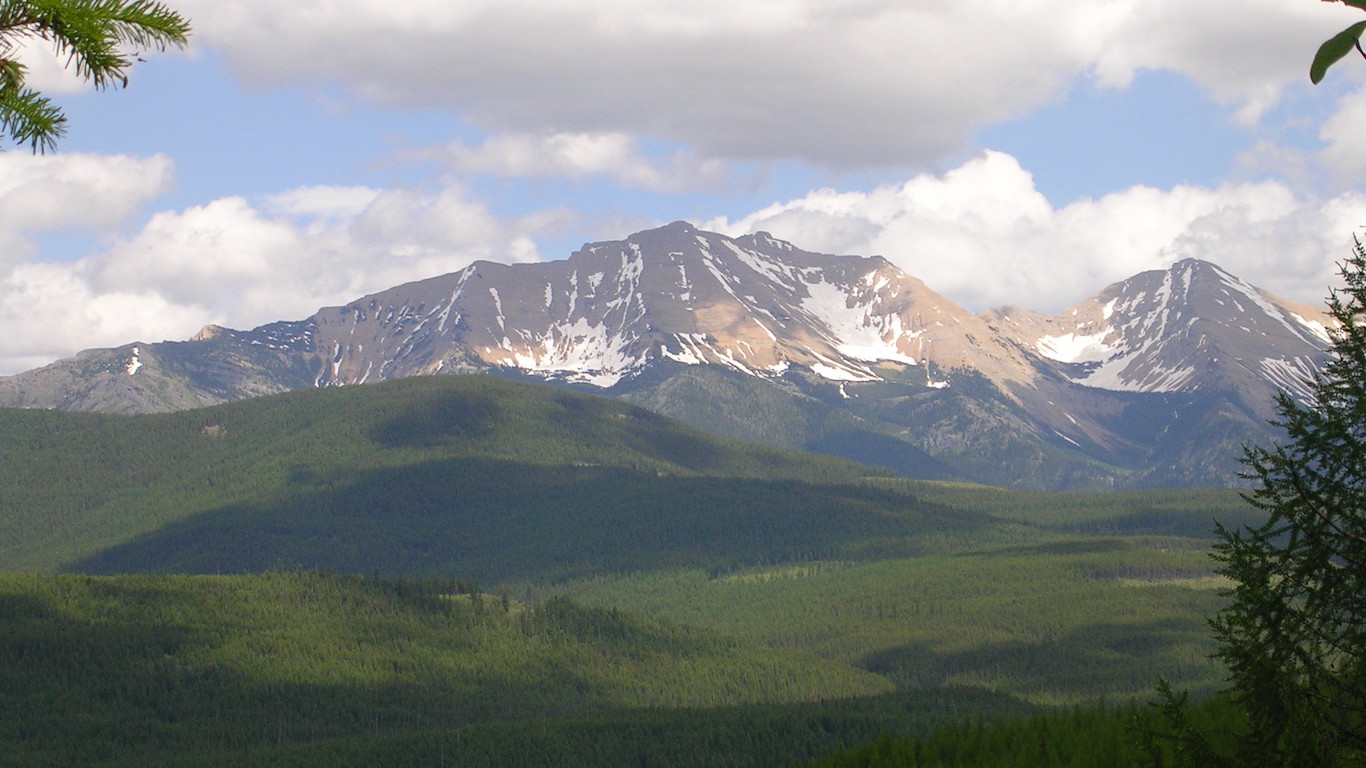
17. Montana
> Number of American Indian areas in the state: 8
> State population living in American Indian areas: 78,785 (11th largest)
> Largest American Indian area: Flathead Reservation (Population: 29,218)
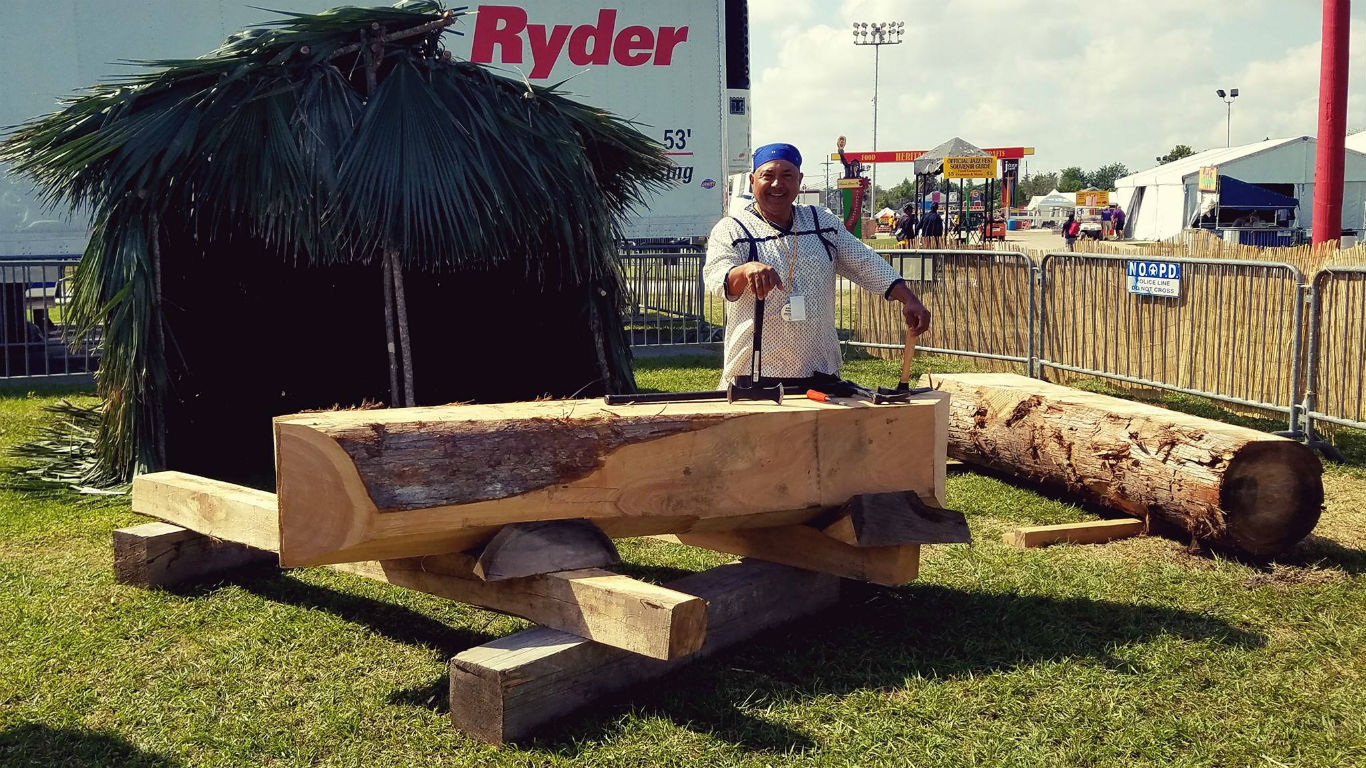
16. Louisiana
> Number of American Indian areas in the state: 9
> State population living in American Indian areas: 246,834 (6th largest)
> Largest American Indian area: United Houma Nation SDTSA (Population: 204,977)
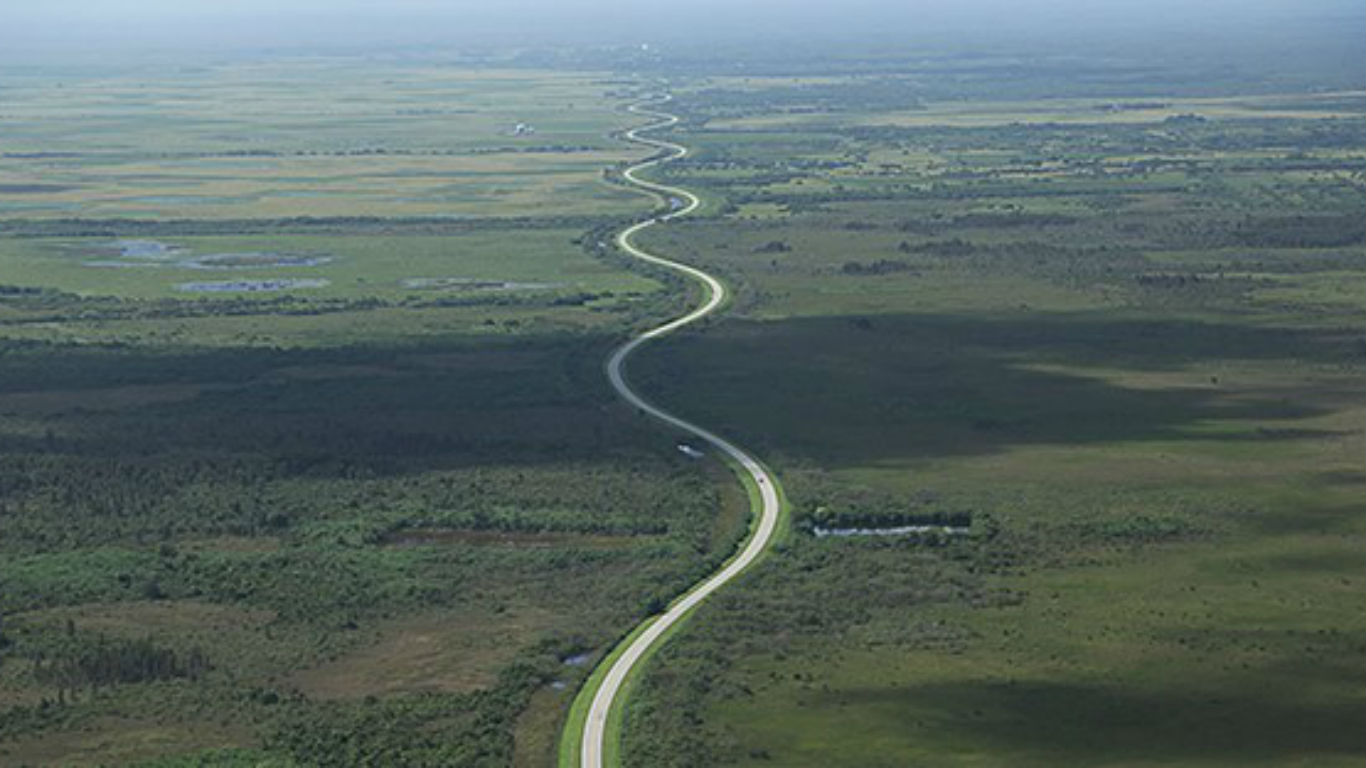
15. Florida
> Number of American Indian areas in the state: 10
> State population living in American Indian areas: 3,179 (19th smallest)
> Largest American Indian area: Hollywood Reservation (Population: 940)
[in-text-ad-2]
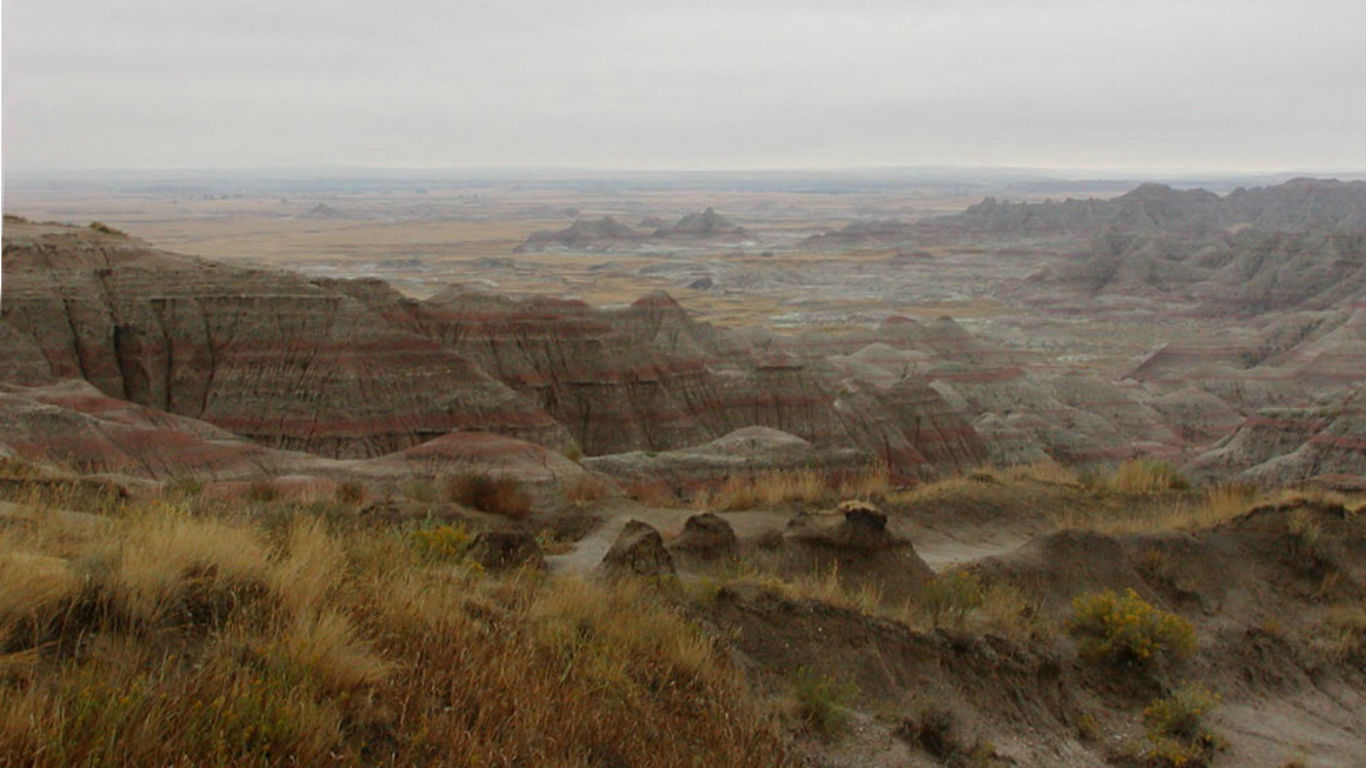
14. South Dakota
> Number of American Indian areas in the state: 11
> State population living in American Indian areas: 84,289 (10th largest)
> Largest American Indian area: Pine Ridge Reservation (Population: 19,779)
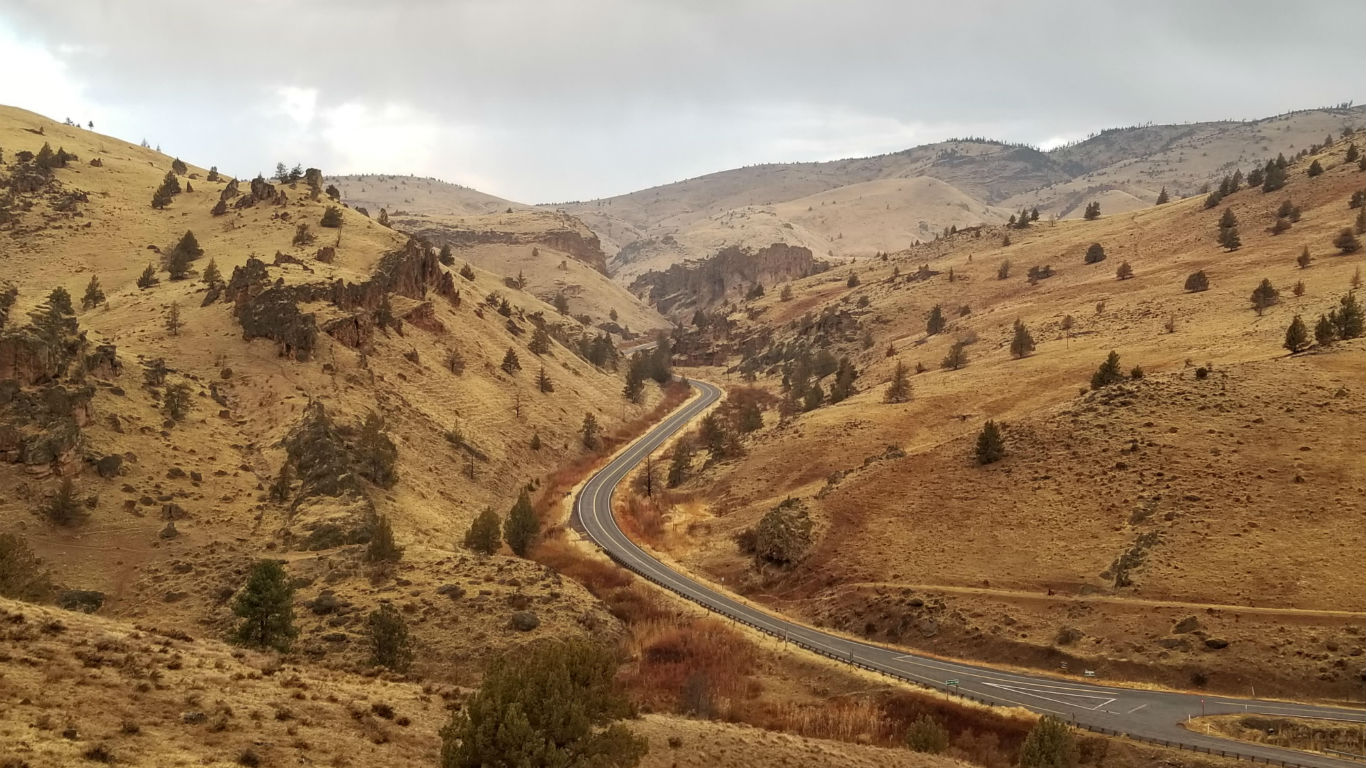
13. Oregon
> Number of American Indian areas in the state: 11
> State population living in American Indian areas: 10,093 (24th largest)
> Largest American Indian area: Warm Springs Reservation and Off-Reservation Trust Land (Population: 4,588)
[in-text-ad]
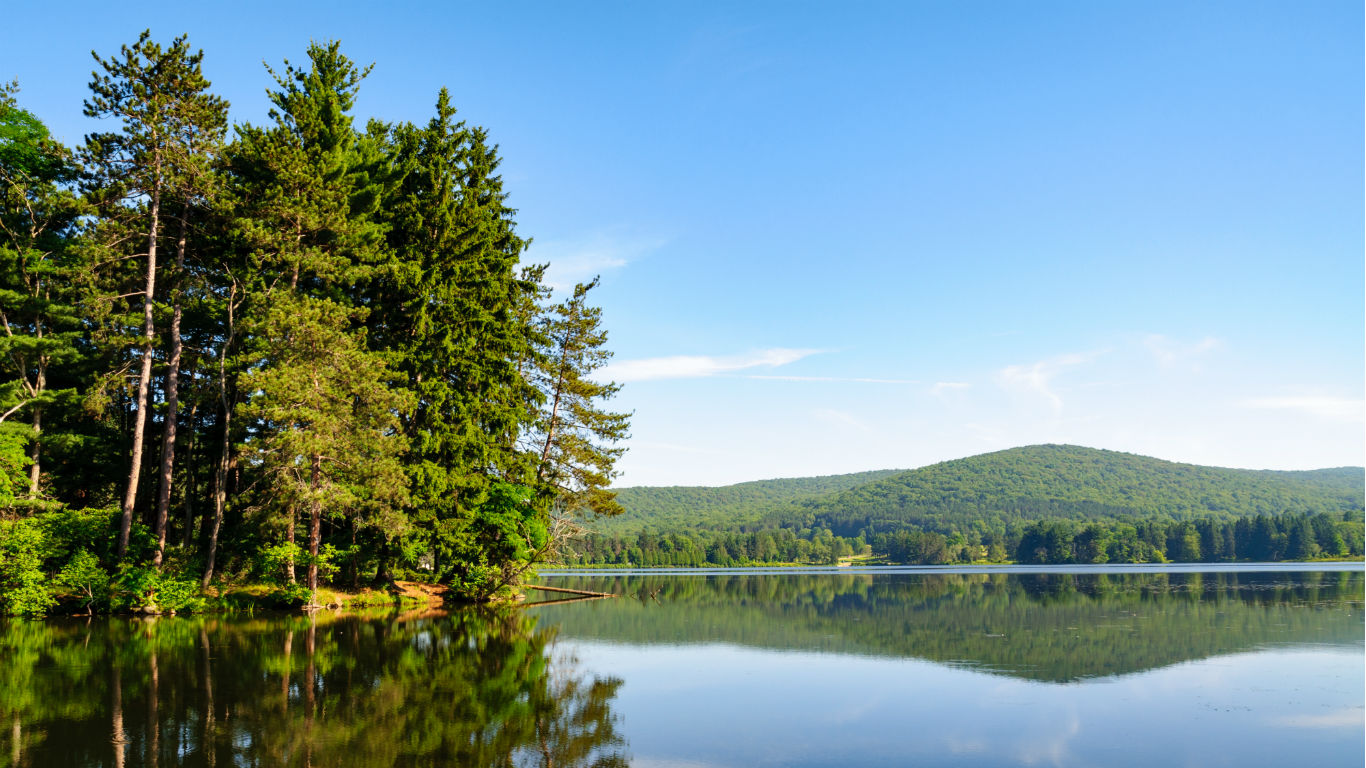
12. New York
> Number of American Indian areas in the state: 11
> State population living in American Indian areas: 17,206 (21st largest)
> Largest American Indian area: Allegany Reservation (Population: 6,240)
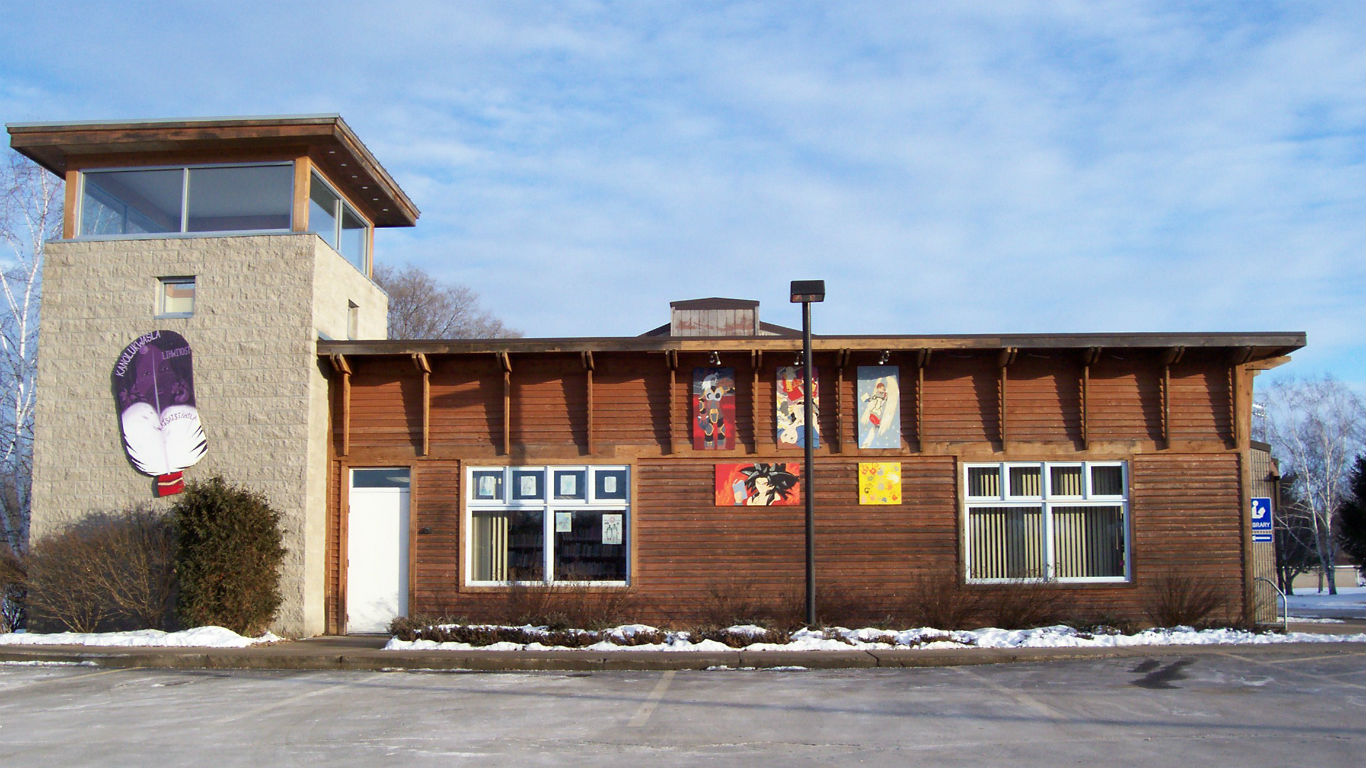
11. Wisconsin
> Number of American Indian areas in the state: 12
> State population living in American Indian areas: 45,432 (13th largest)
> Largest American Indian area: Oneida (WI) Reservation and Off-Reservation Trust Land (Population: 24,460)
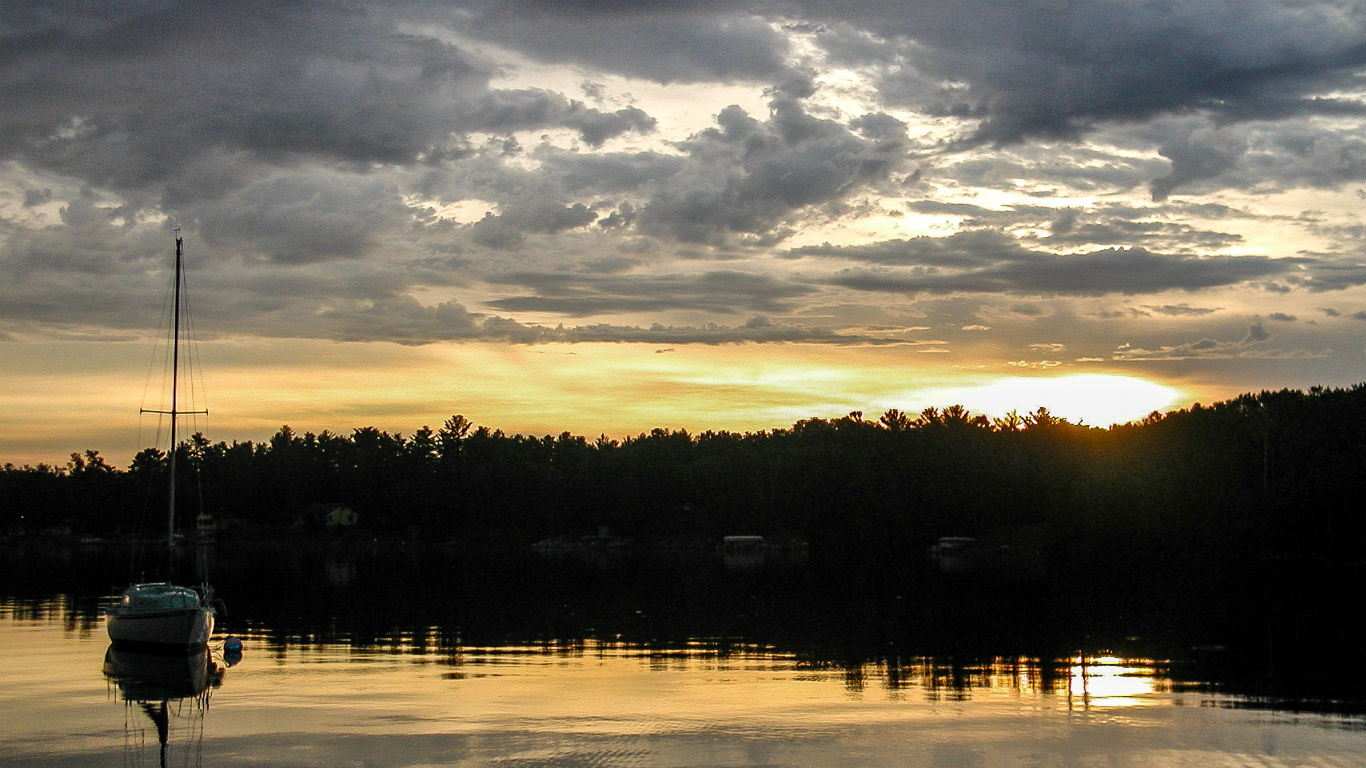
10. Minnesota
> Number of American Indian areas in the state: 13
> State population living in American Indian areas: 40,567 (14th largest)
> Largest American Indian area: Leech Lake Reservation and Off-Reservation Trust Land (Population: 11,456)
[in-text-ad-2]
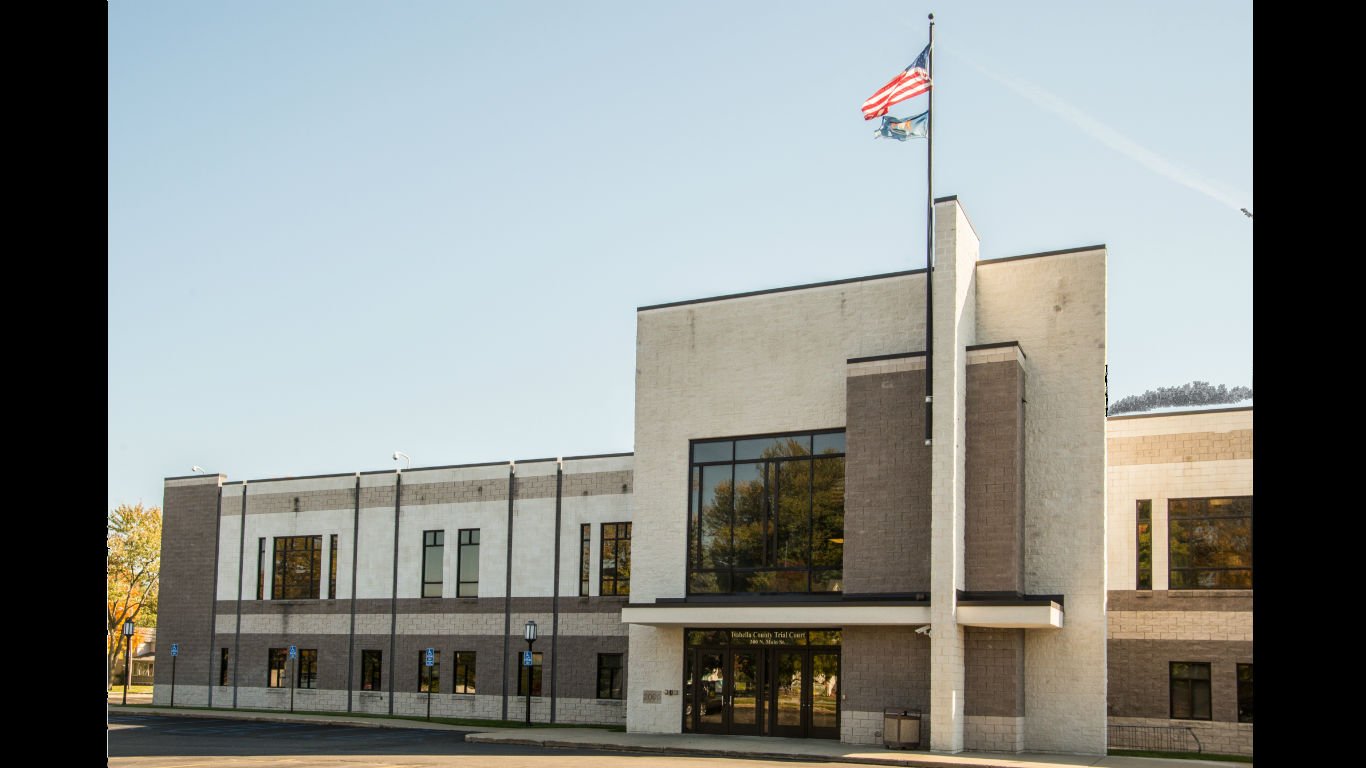
9. Michigan
> Number of American Indian areas in the state: 13
> State population living in American Indian areas: 35,763 (17th largest)
> Largest American Indian area: Isabella Reservation and Off-Reservation Trust Land (Population: 27,225)
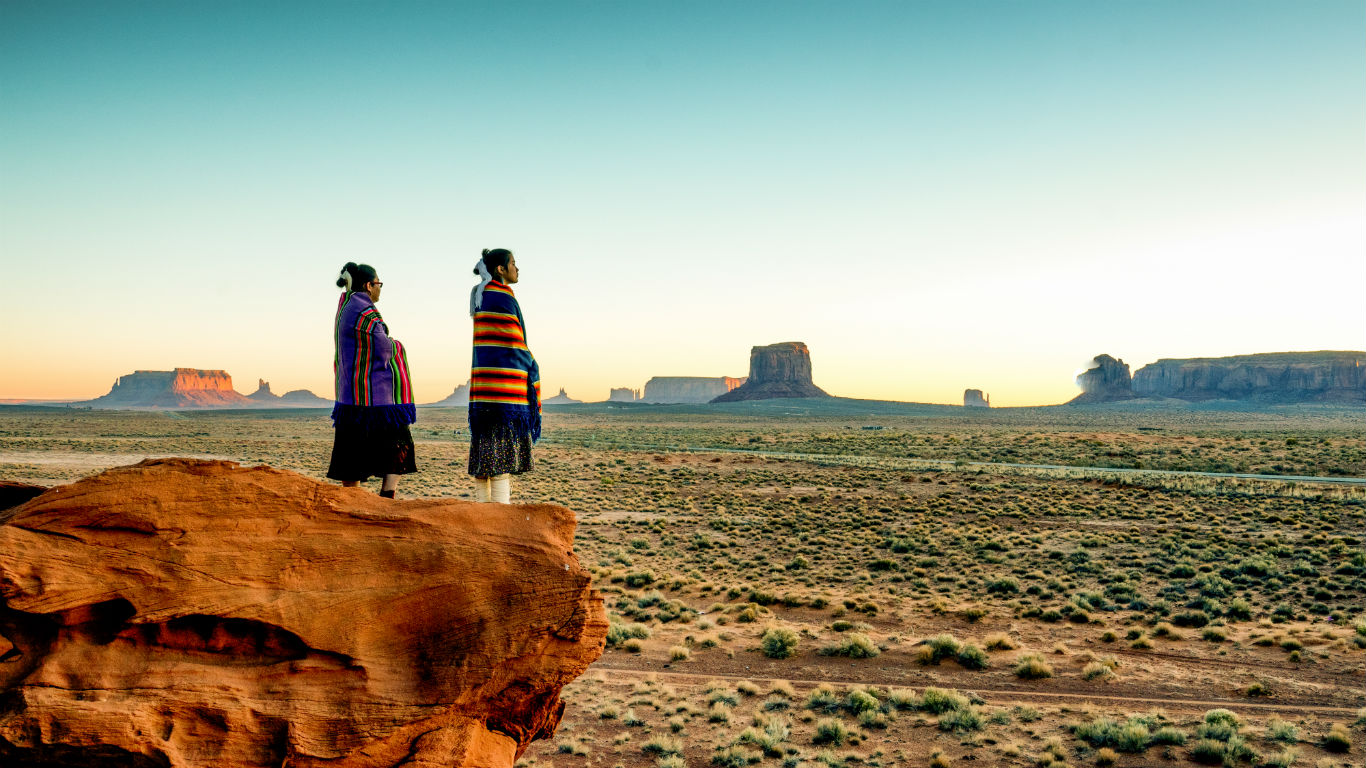
8. Arizona
> Number of American Indian areas in the state: 21
> State population living in American Indian areas: 273,291 (3rd largest)
> Largest American Indian area: Navajo Nation Reservation and Off-Reservation Trust Land (Population: 175,005)
[in-text-ad]
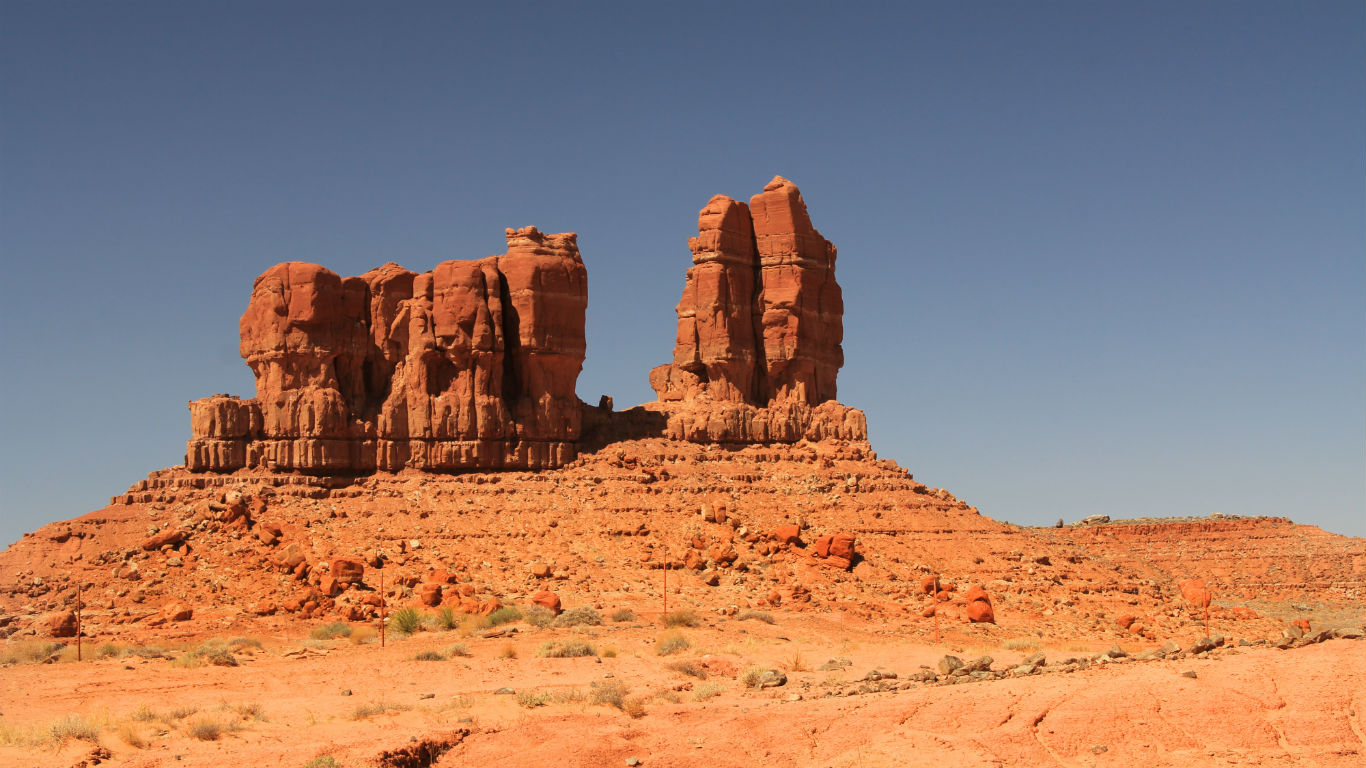
7. New Mexico
> Number of American Indian areas in the state: 26
> State population living in American Indian areas: 255,449 (5th largest)
> Largest American Indian area: Navajo Nation Reservation and Off-Reservation Trust Land (Population: 175,005)
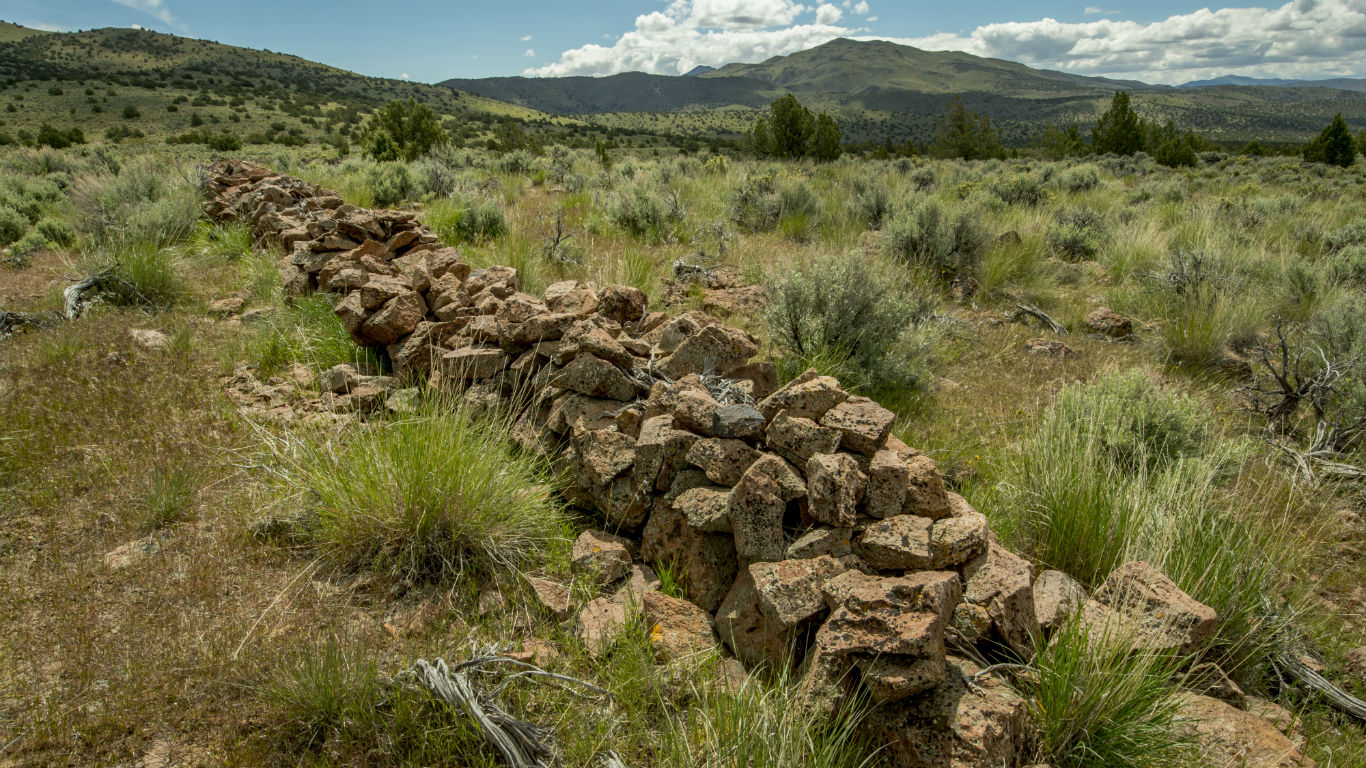
6. Nevada
> Number of American Indian areas in the state: 28
> State population living in American Indian areas: 15,617 (22nd largest)
> Largest American Indian area: Washoe Ranches Trust Land (Population: 3,080)
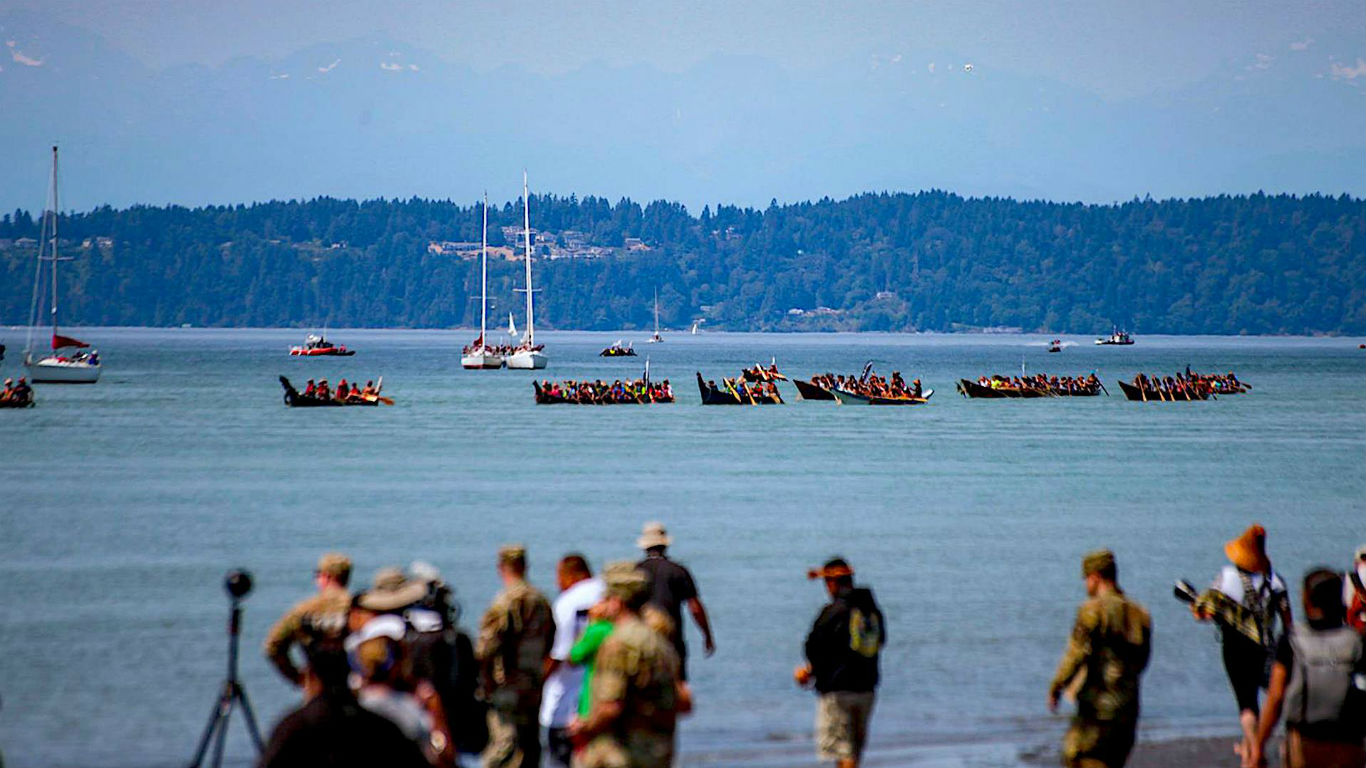
5. Washington
> Number of American Indian areas in the state: 29
> State population living in American Indian areas: 168,968 (9th largest)
> Largest American Indian area: Puyallup Reservation and Off-Reservation Trust Land (Population: 50,786)
[in-text-ad-2]
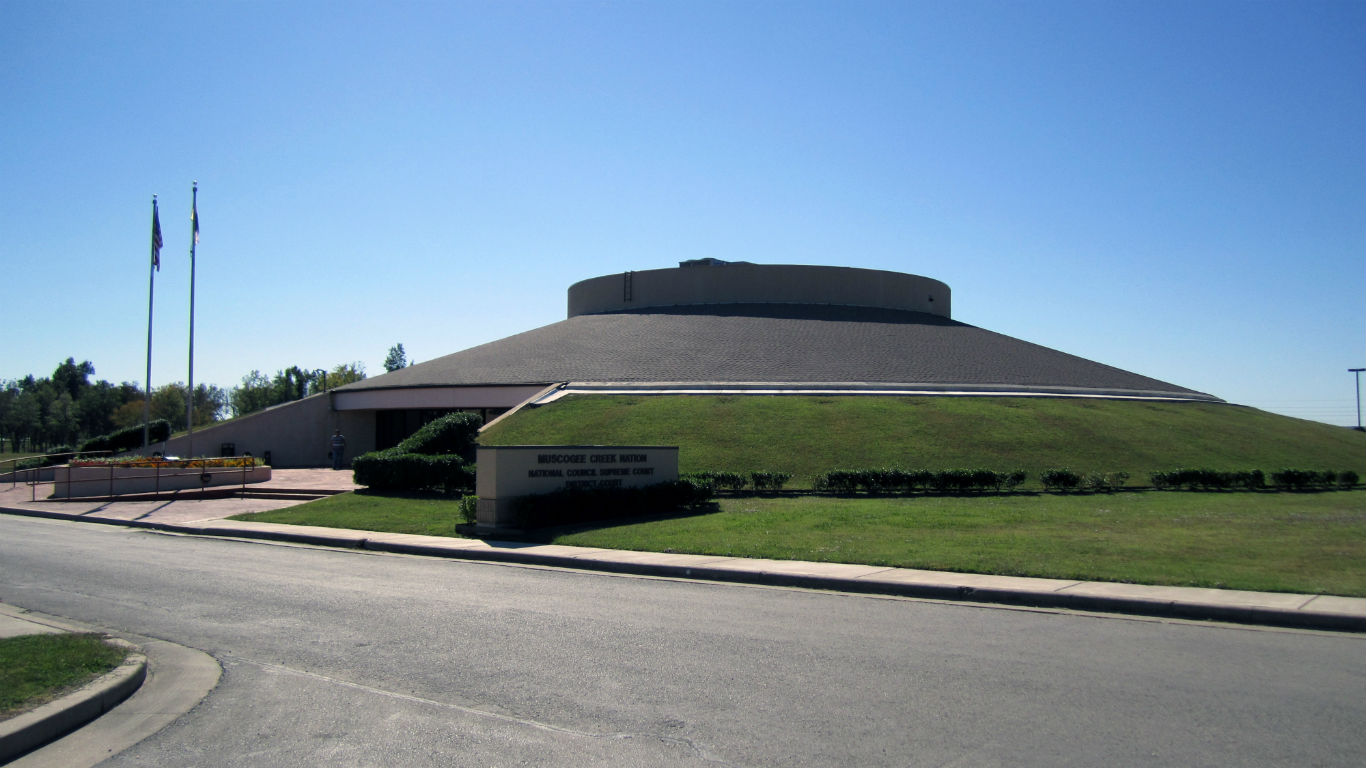
4. Oklahoma
> Number of American Indian areas in the state: 30
> State population living in American Indian areas: 2,615,424 (the largest)
> Largest American Indian area: Creek OTSA (Population: 786,729)
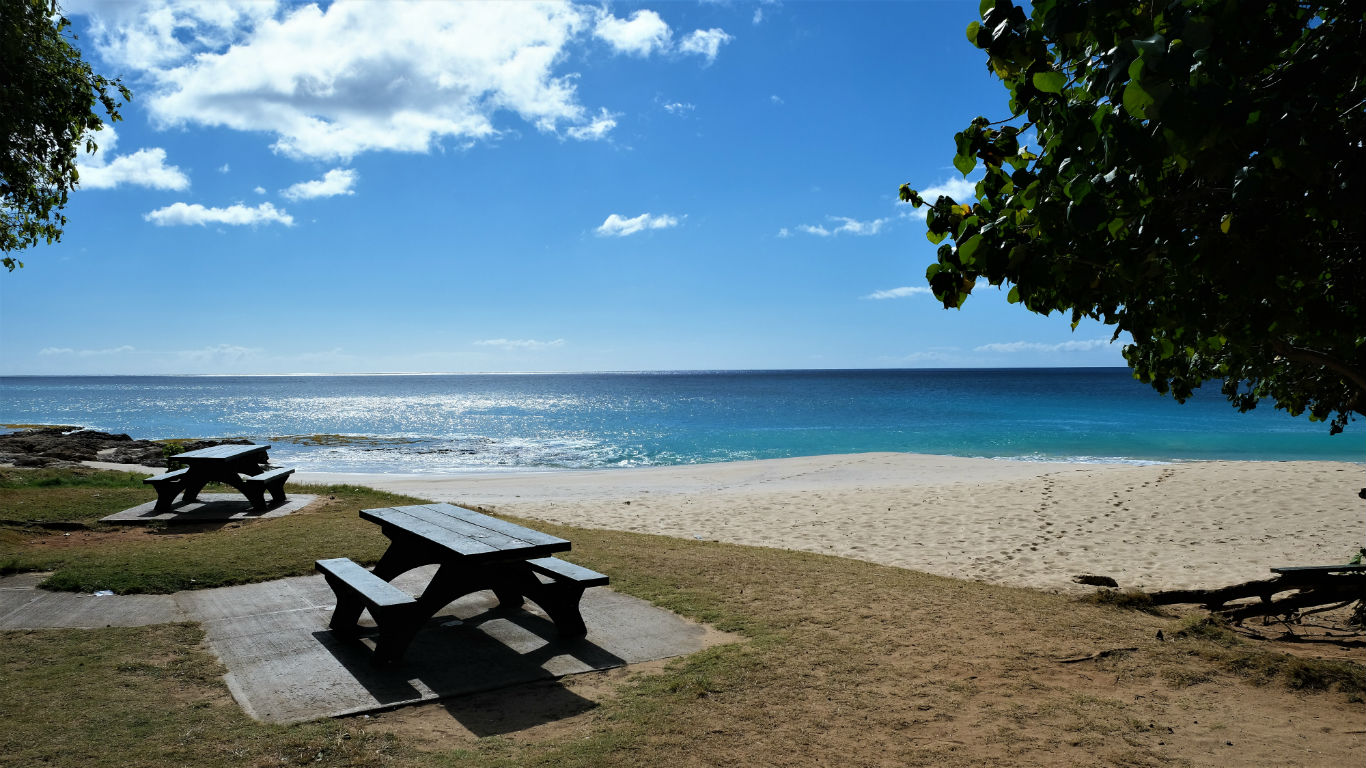
3. Hawaii
> Number of American Indian areas in the state: 75
> State population living in American Indian areas: 36,924 (16th largest)
> Largest American Indian area: Nanakuli Hawaiian Home Land (Population: 5,107)
[in-text-ad]
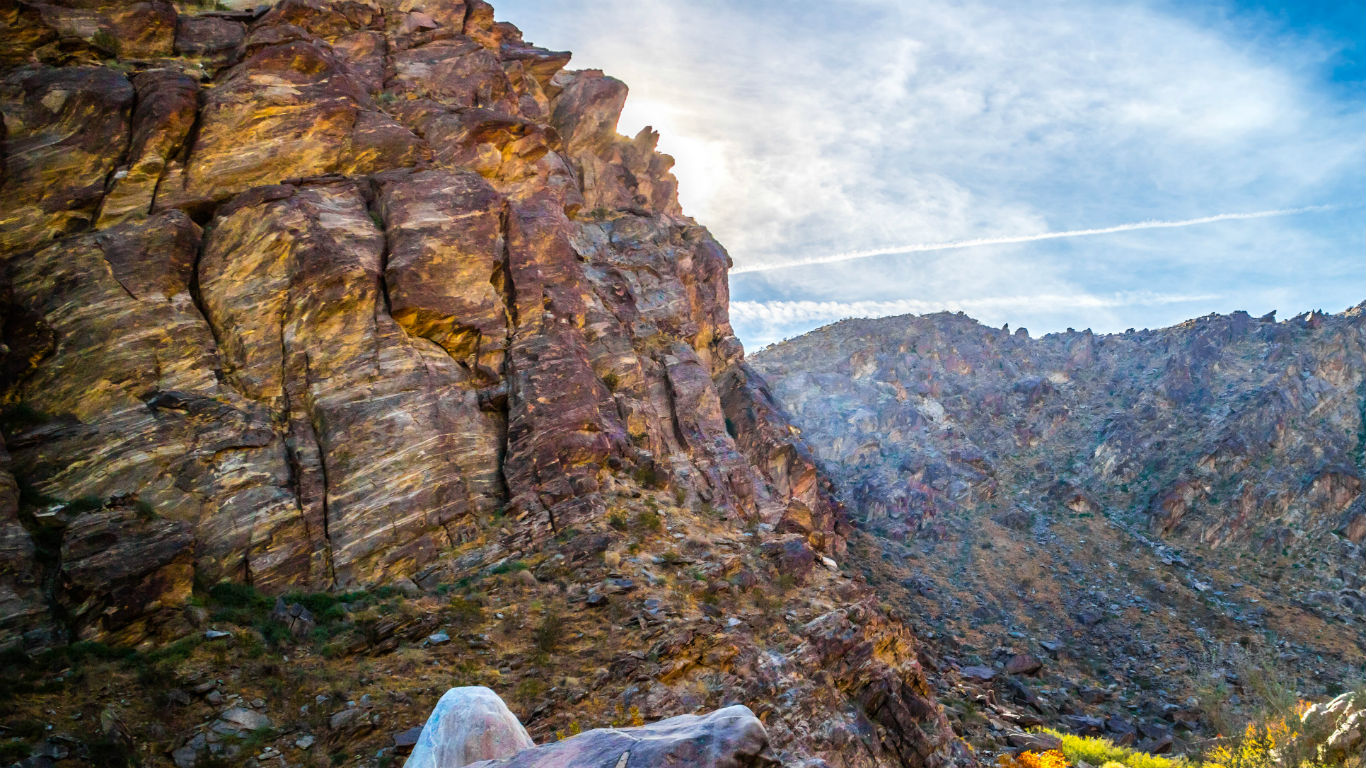
2. California
> Number of American Indian areas in the state: 108
> State population living in American Indian areas: 74,212 (12th largest)
> Largest American Indian area: Agua Caliente Indian Reservation and Off-Reservation Trust Land (Population: 25,595)
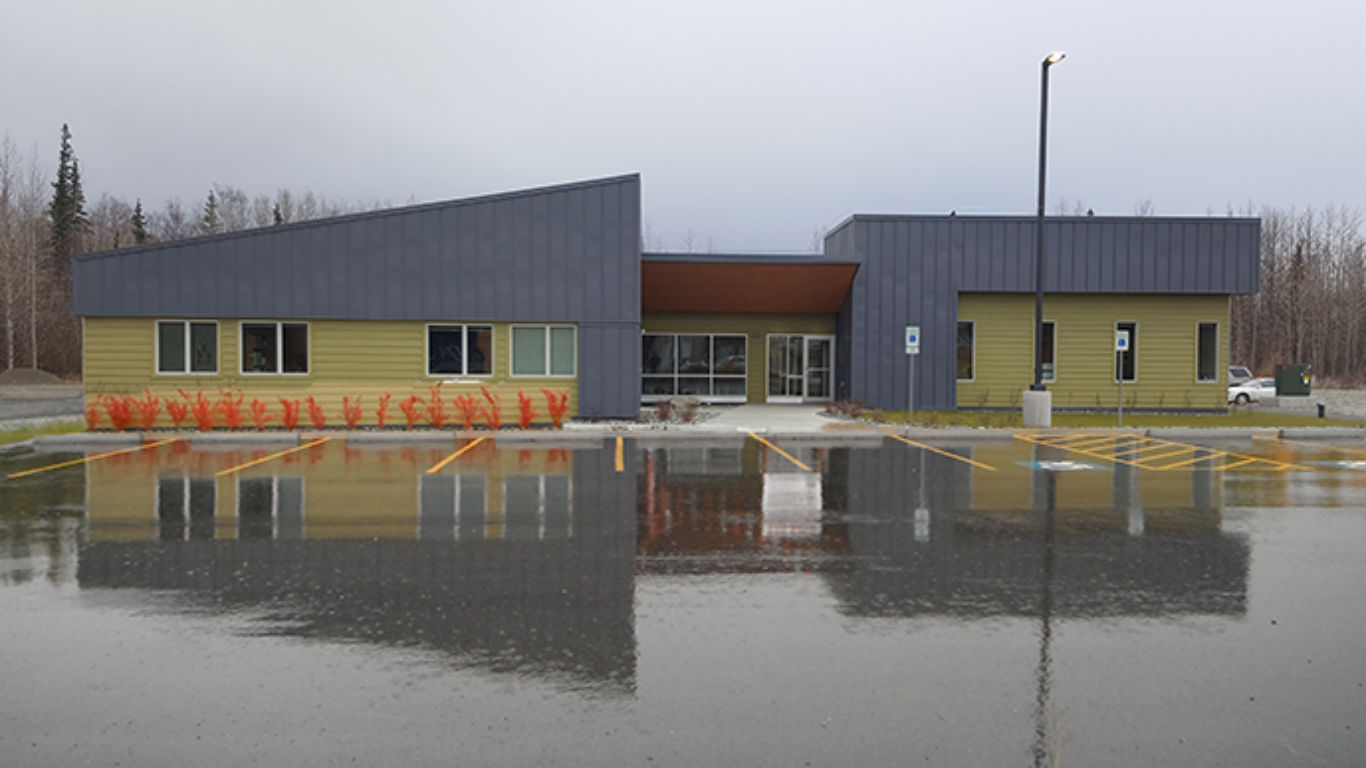
1. Alaska
> Number of American Indian areas in the state: 221
> State population living in American Indian areas: 263,917 (4th largest)
> Largest American Indian area: Knik ANVSA (Population: 74,179)
The average American spends $17,274 on debit cards a year, and it’s a HUGE mistake. First, debit cards don’t have the same fraud protections as credit cards. Once your money is gone, it’s gone. But more importantly you can actually get something back from this spending every time you swipe.
Issuers are handing out wild bonuses right now. With some you can earn up to 5% back on every purchase. That’s like getting a 5% discount on everything you buy!
Our top pick is kind of hard to imagine. Not only does it pay up to 5% back, it also includes a $200 cash back reward in the first six months, a 0% intro APR, and…. $0 annual fee. It’s quite literally free money for any one that uses a card regularly. Click here to learn more!
Flywheel Publishing has partnered with CardRatings to provide coverage of credit card products. Flywheel Publishing and CardRatings may receive a commission from card issuers.
Thank you for reading! Have some feedback for us?
Contact the 24/7 Wall St. editorial team.